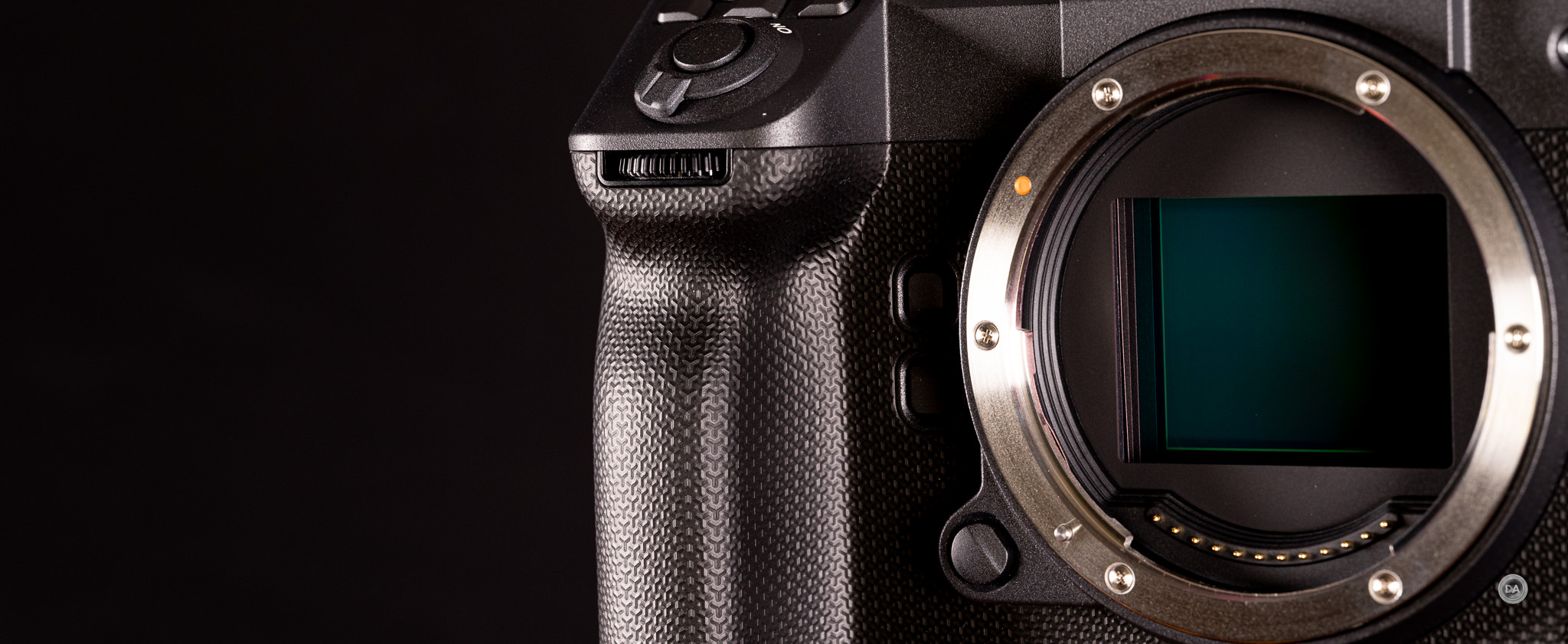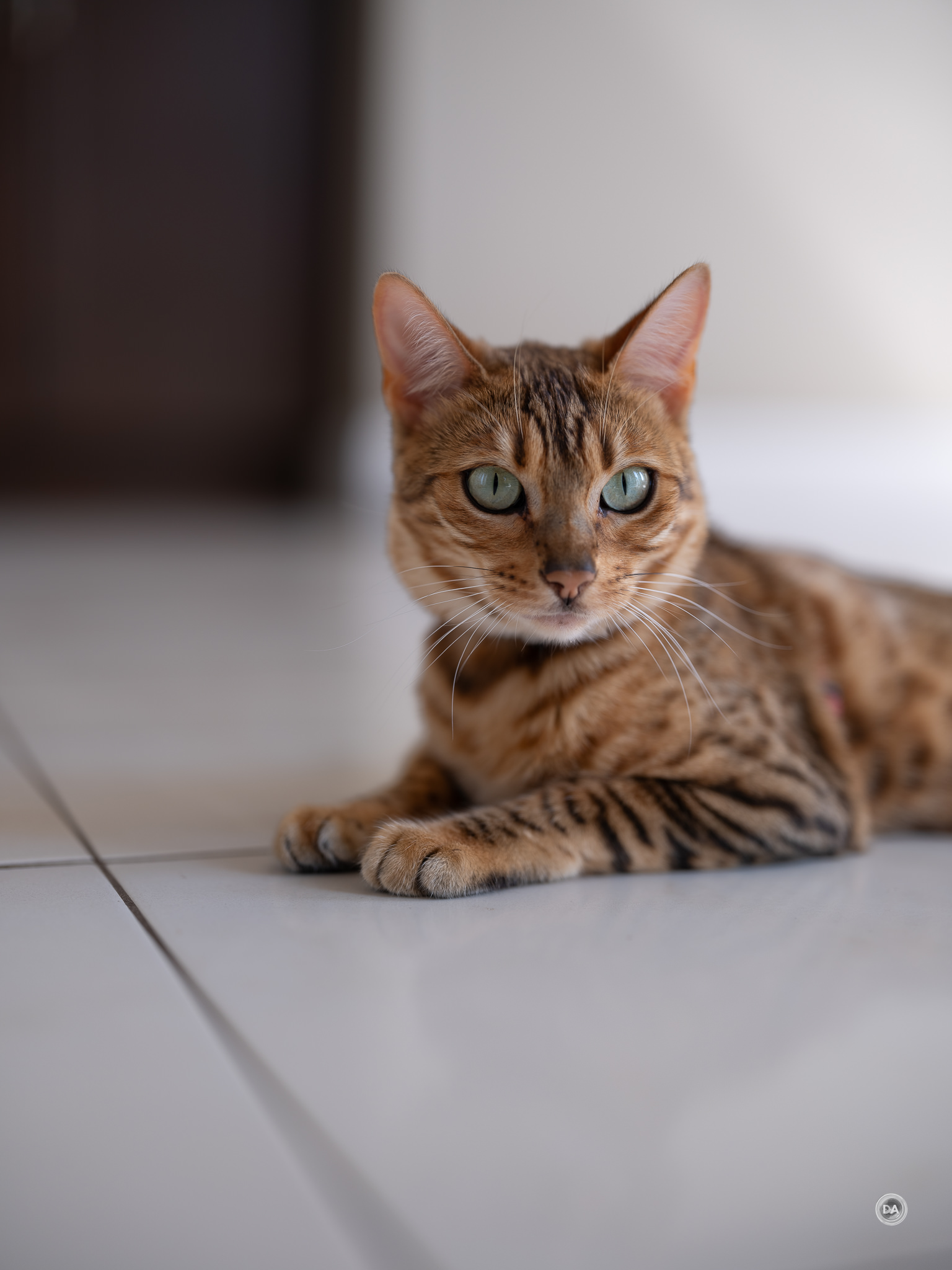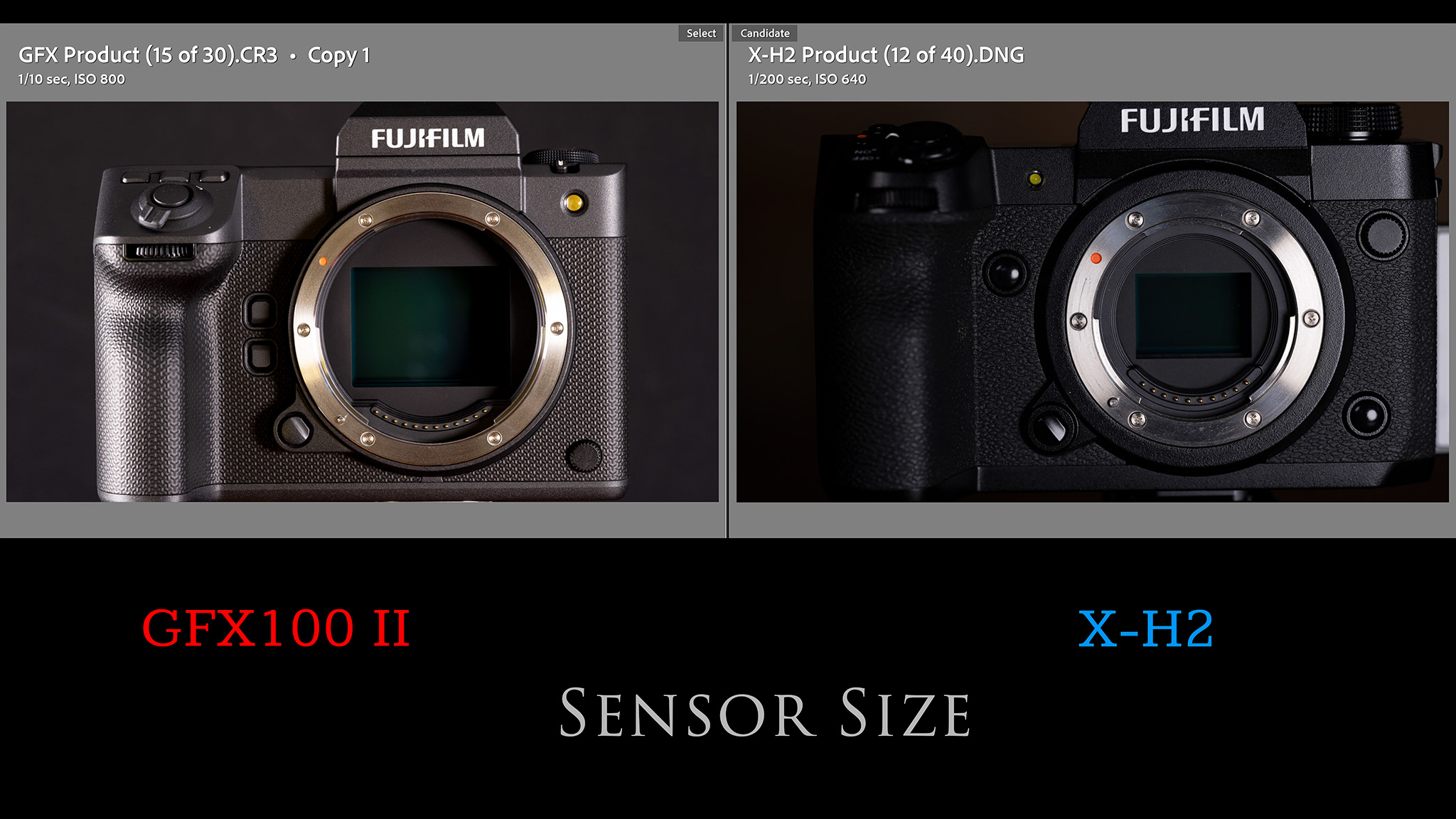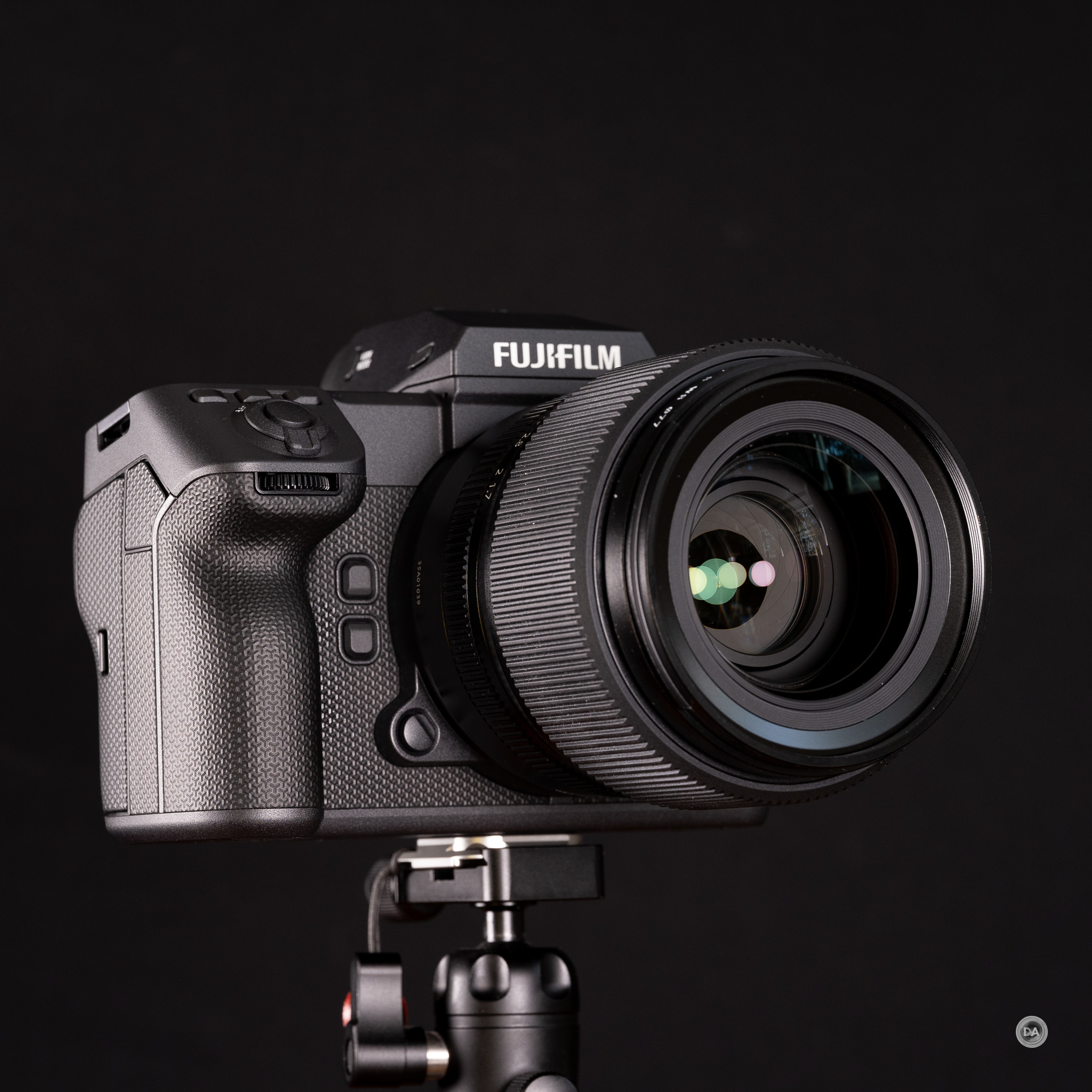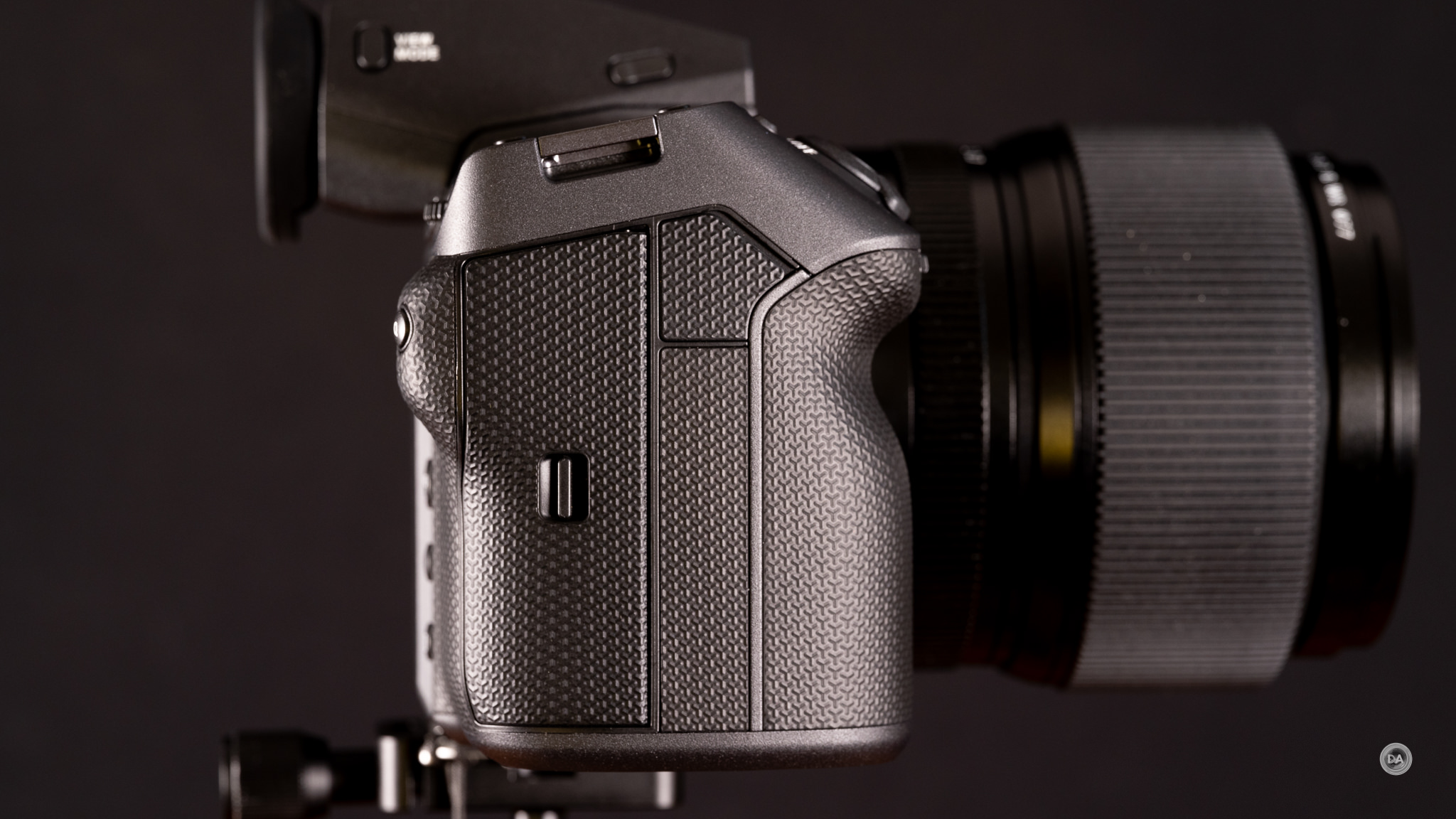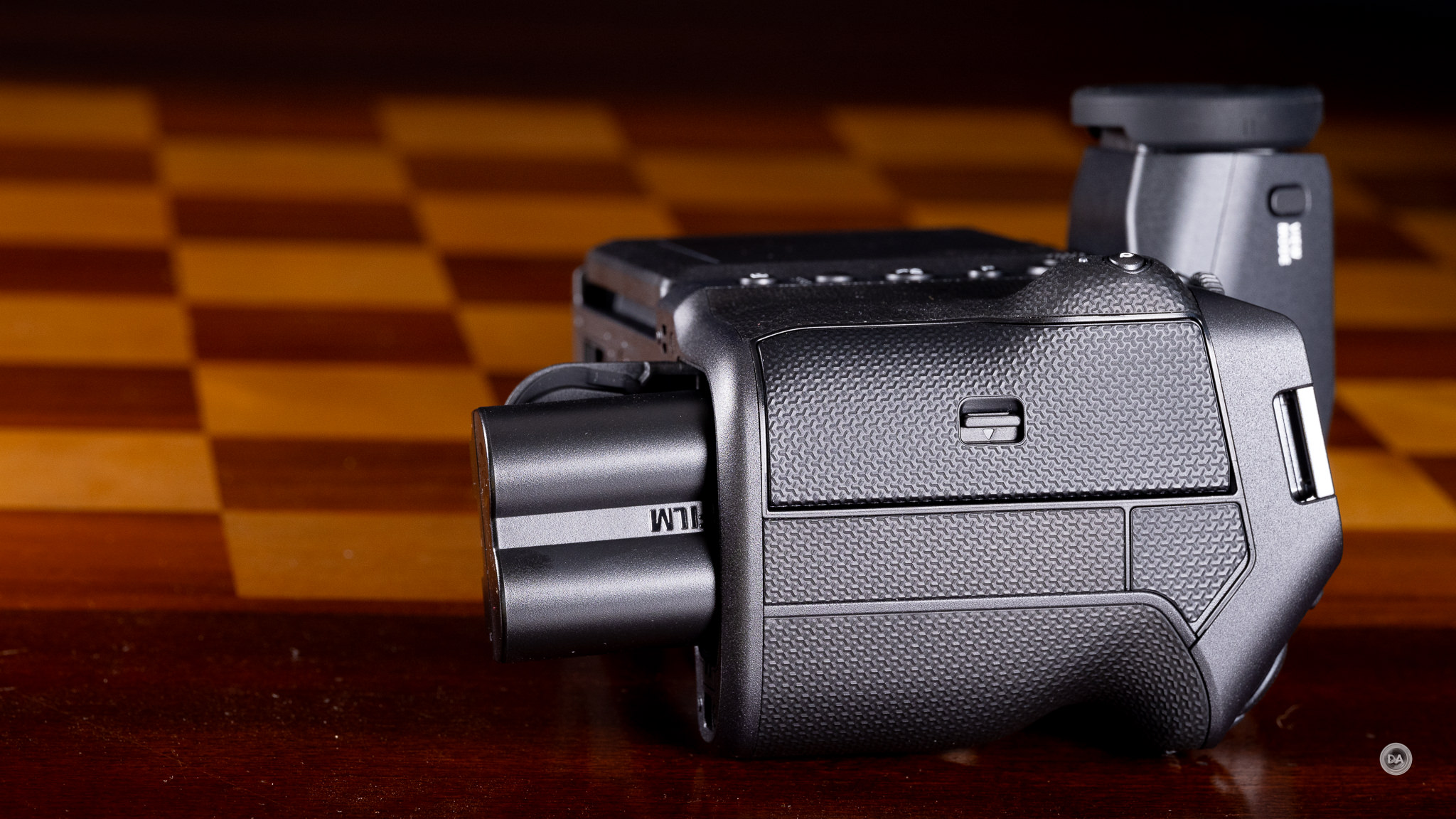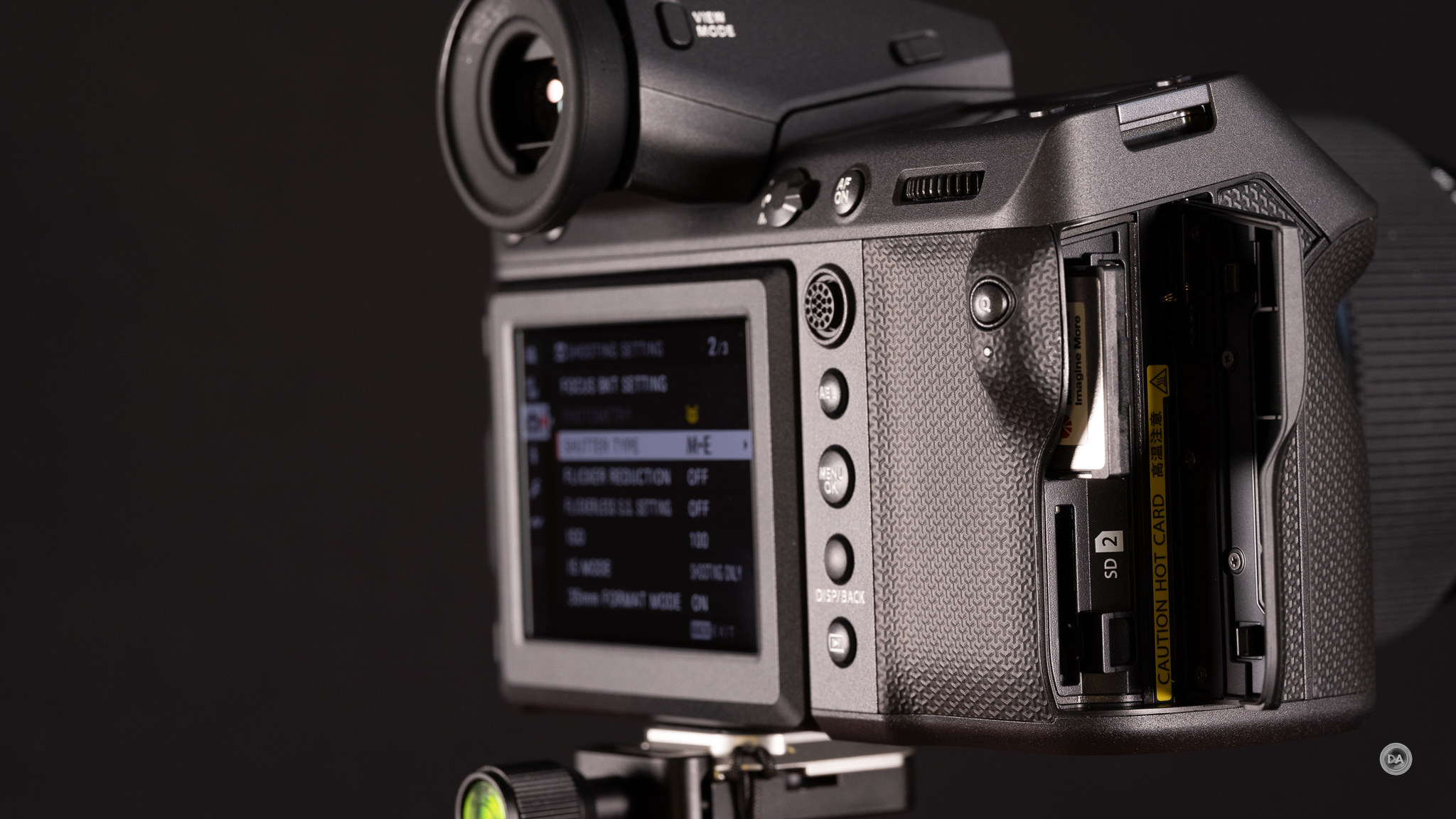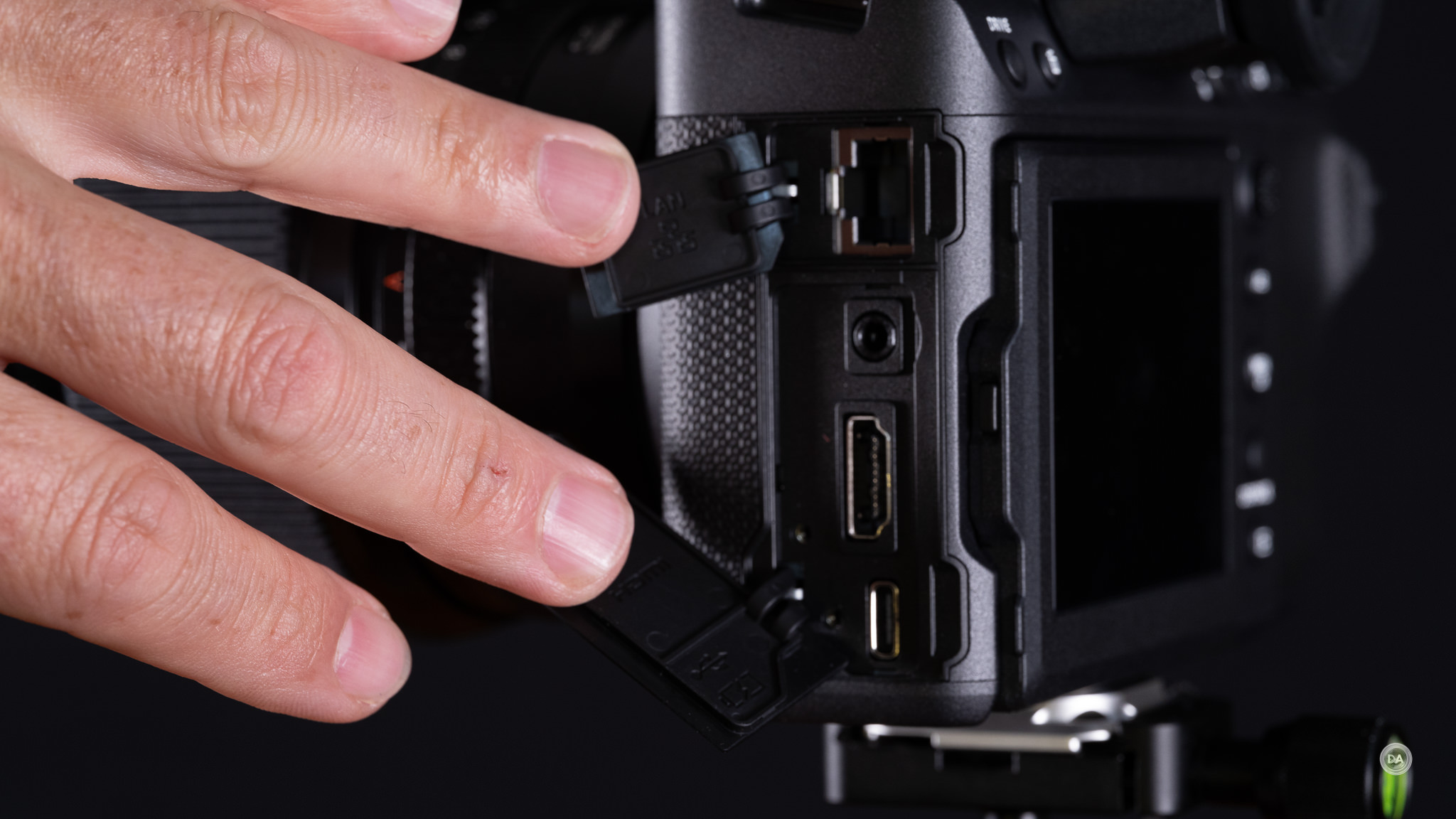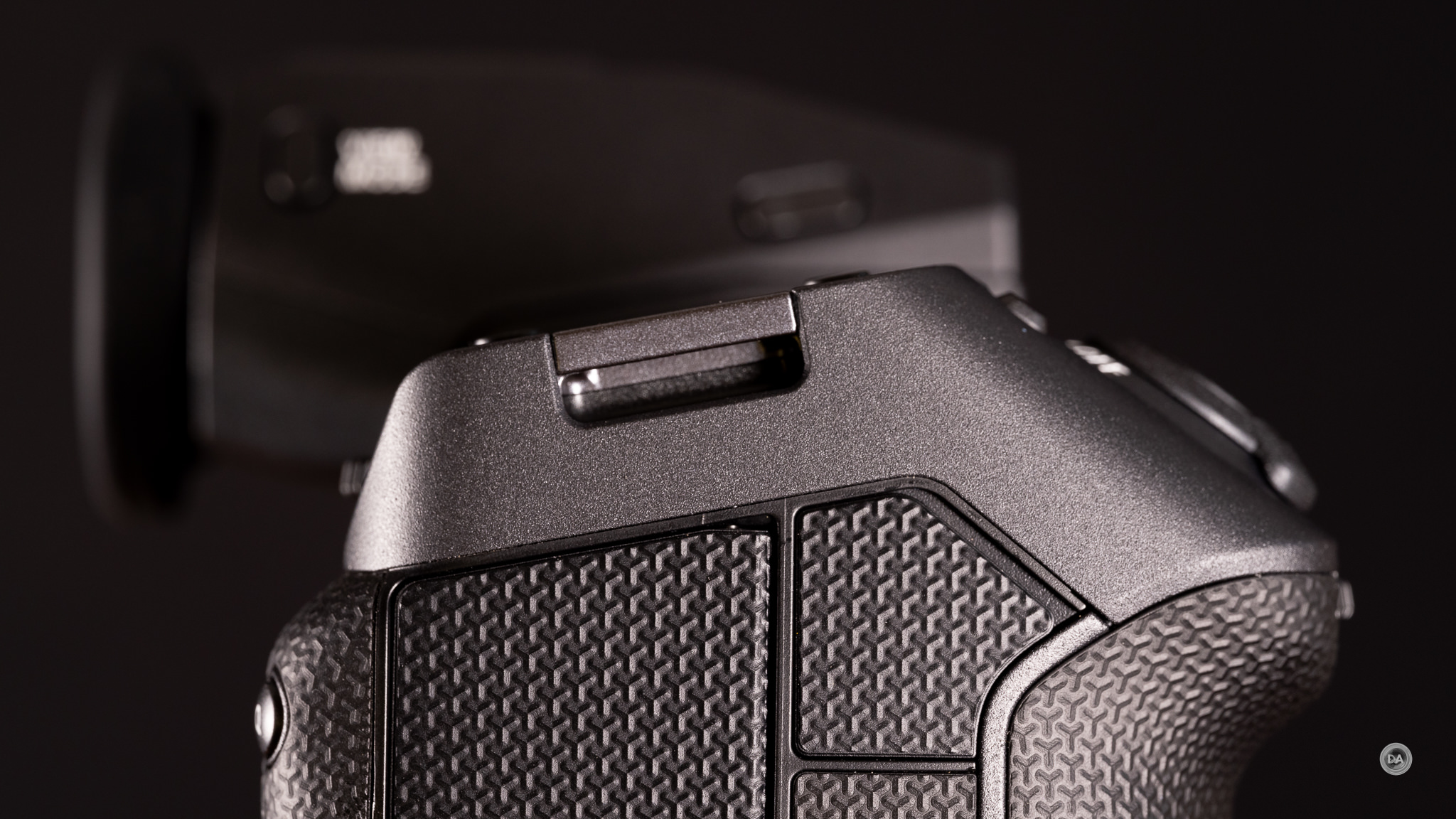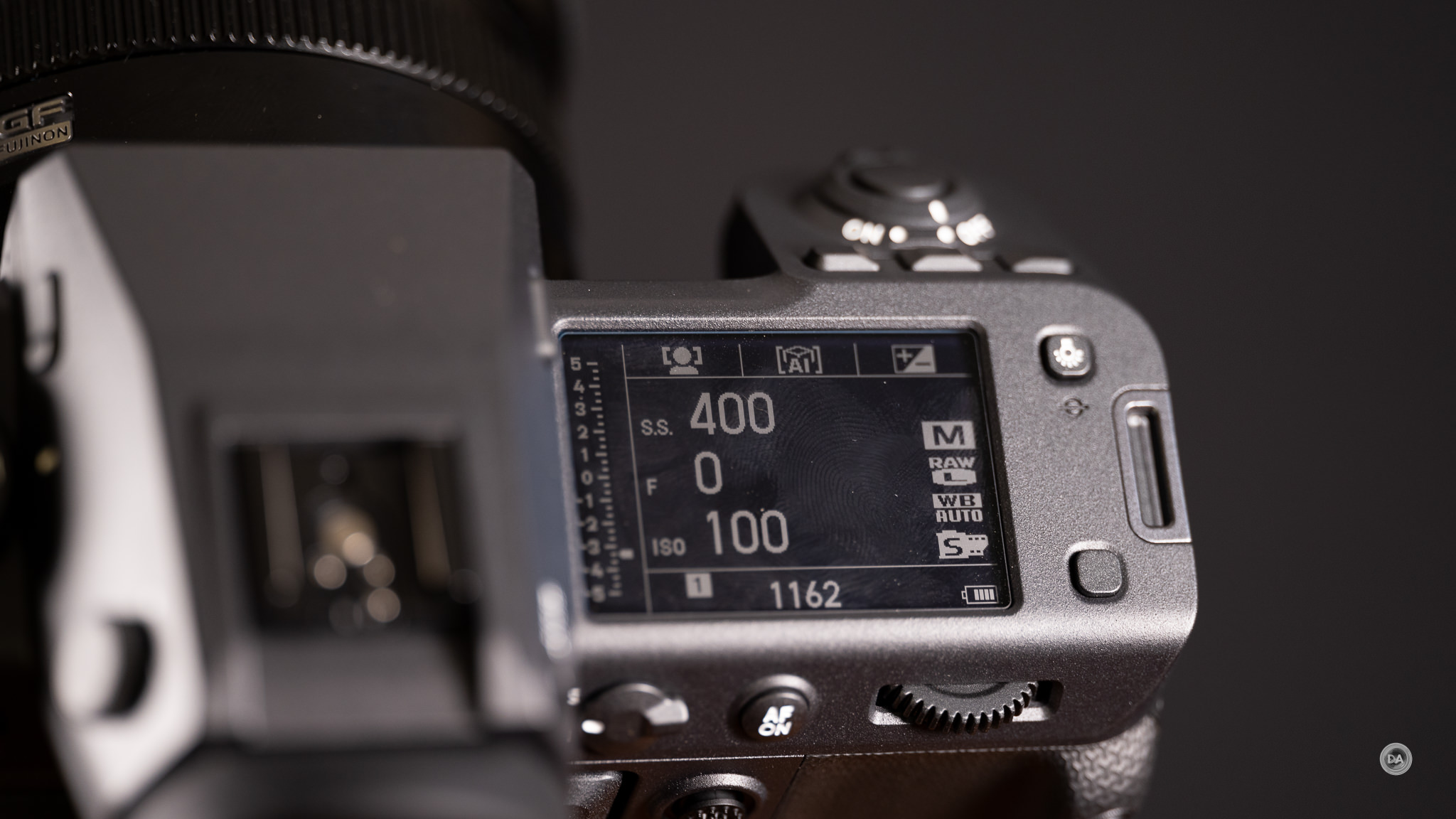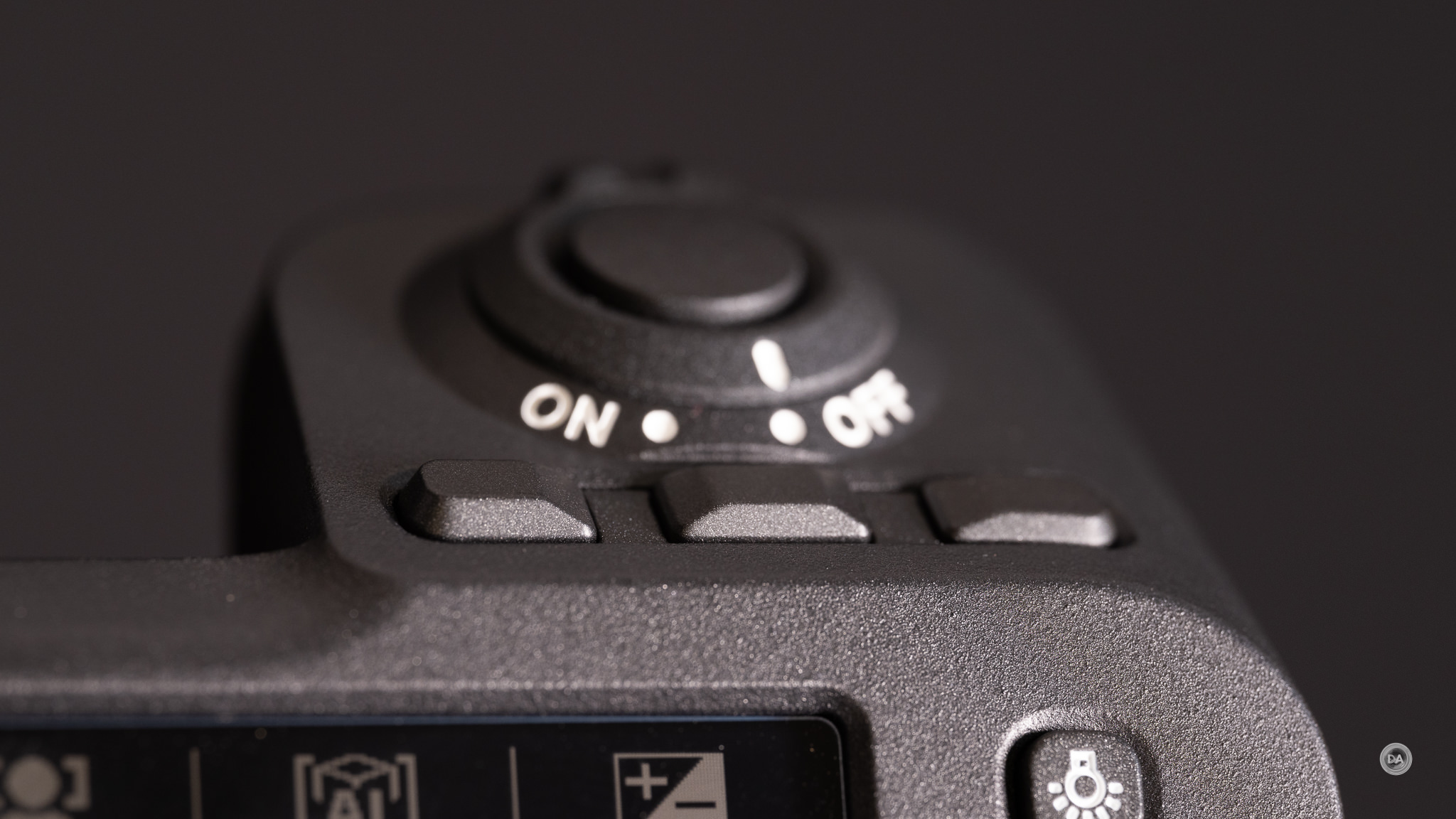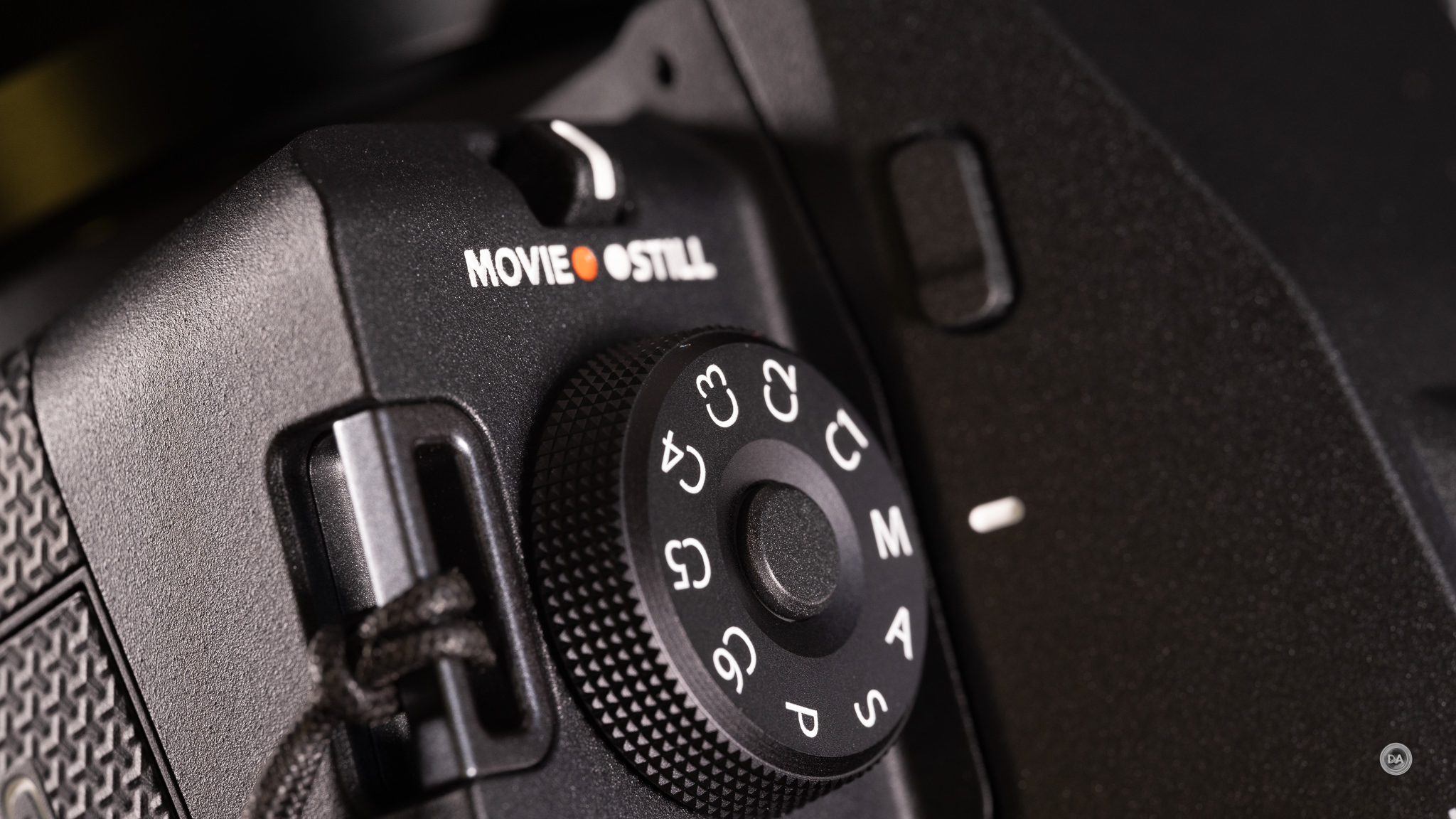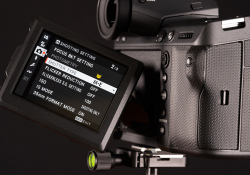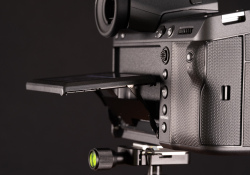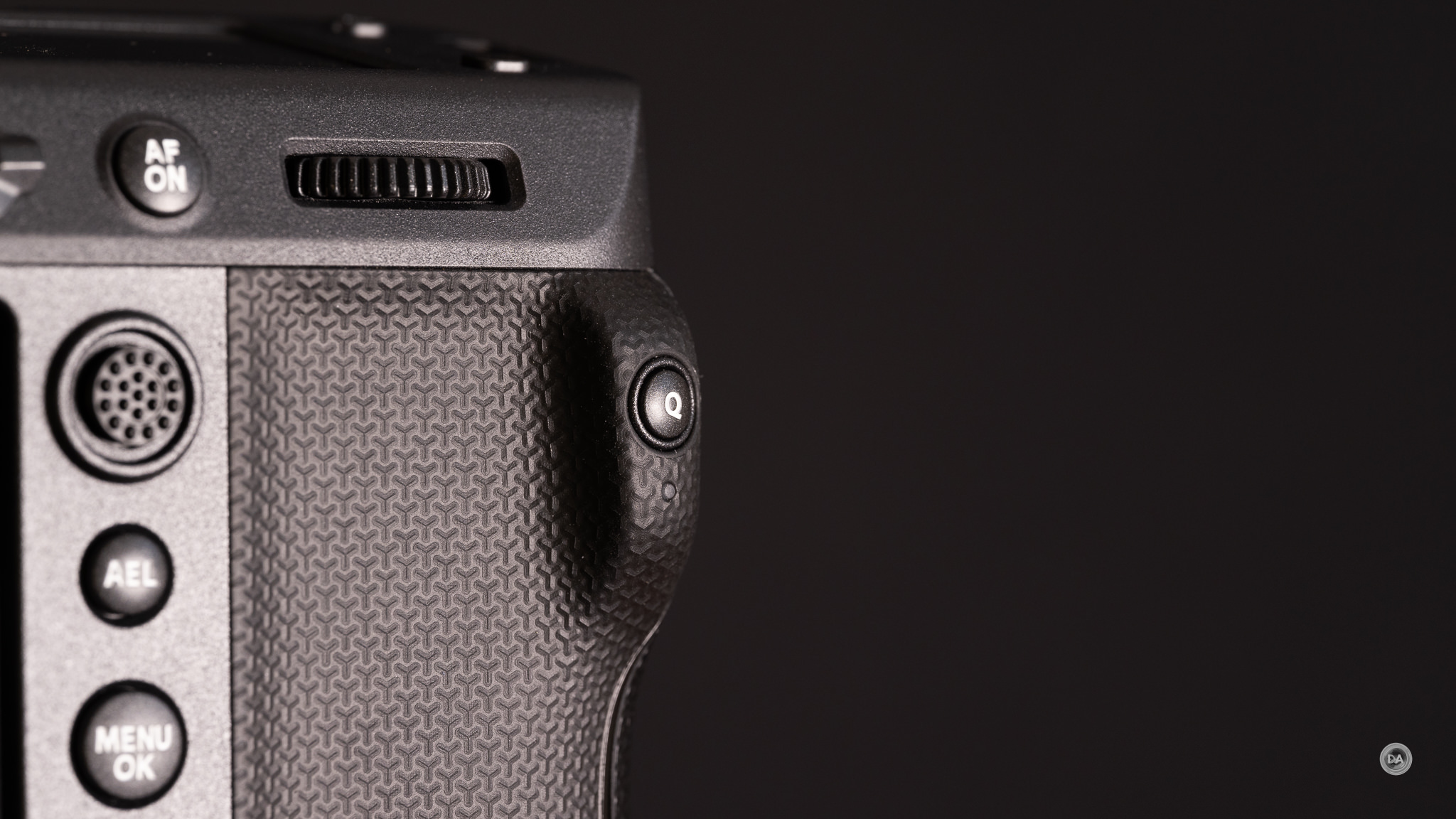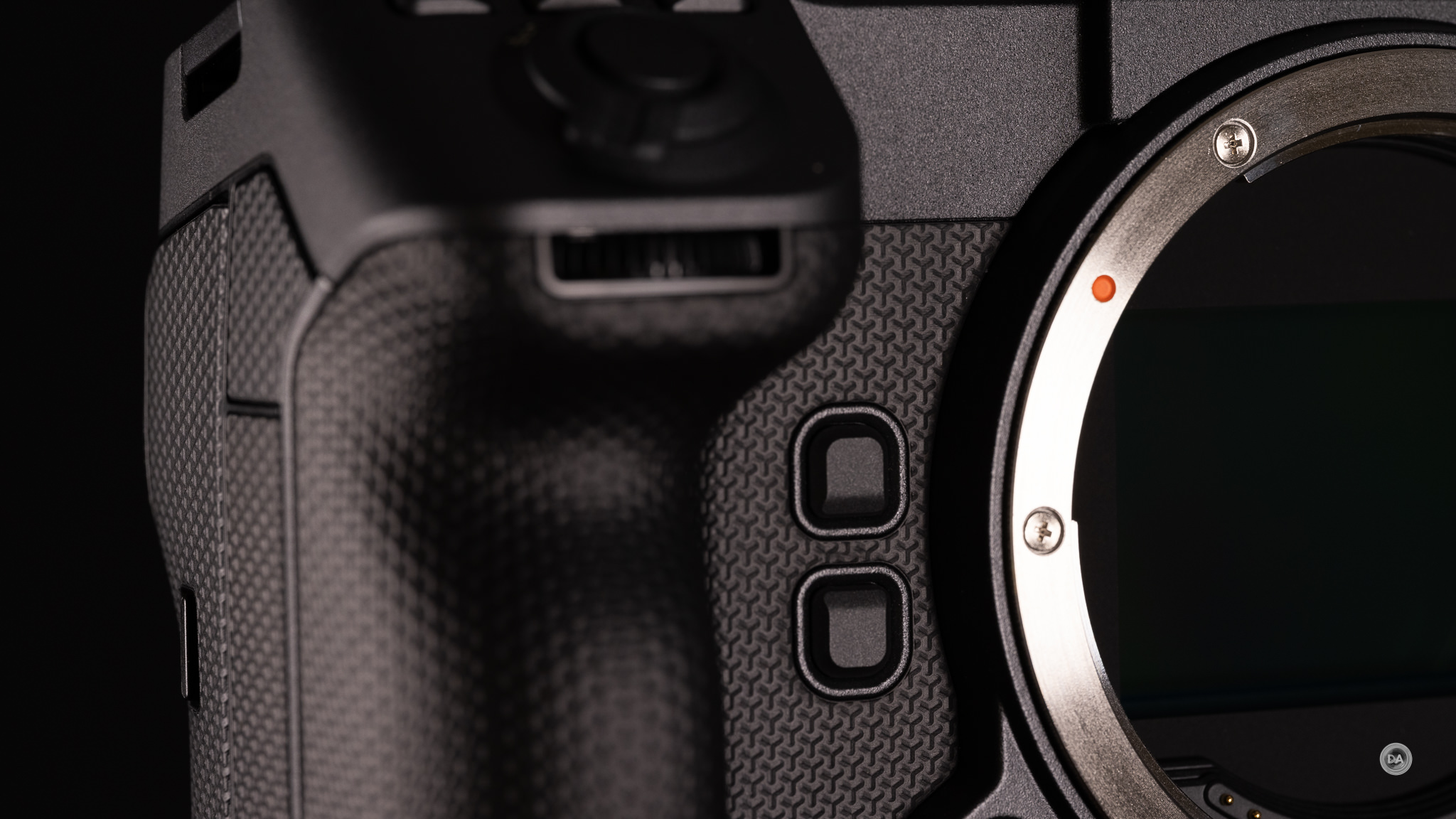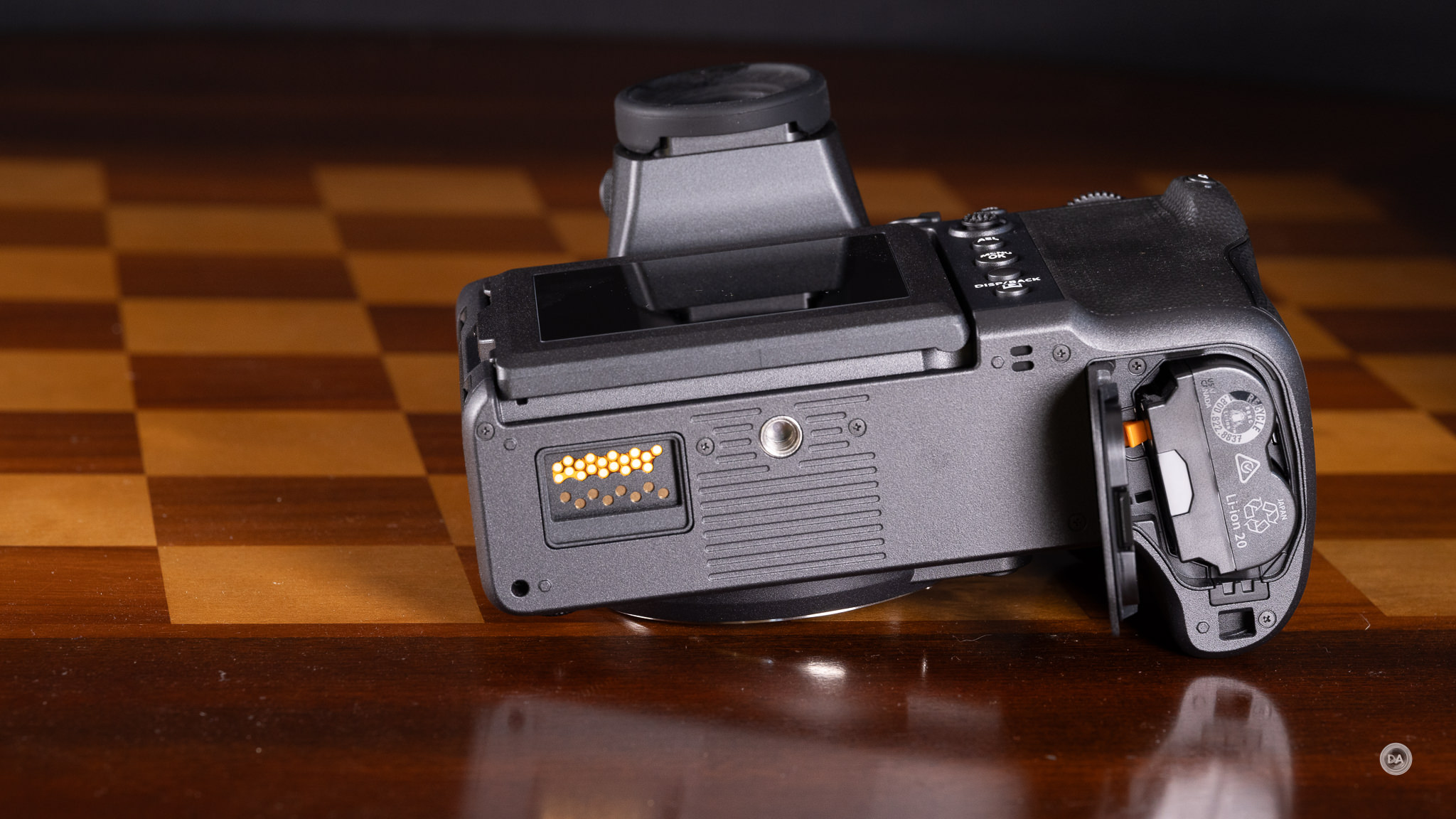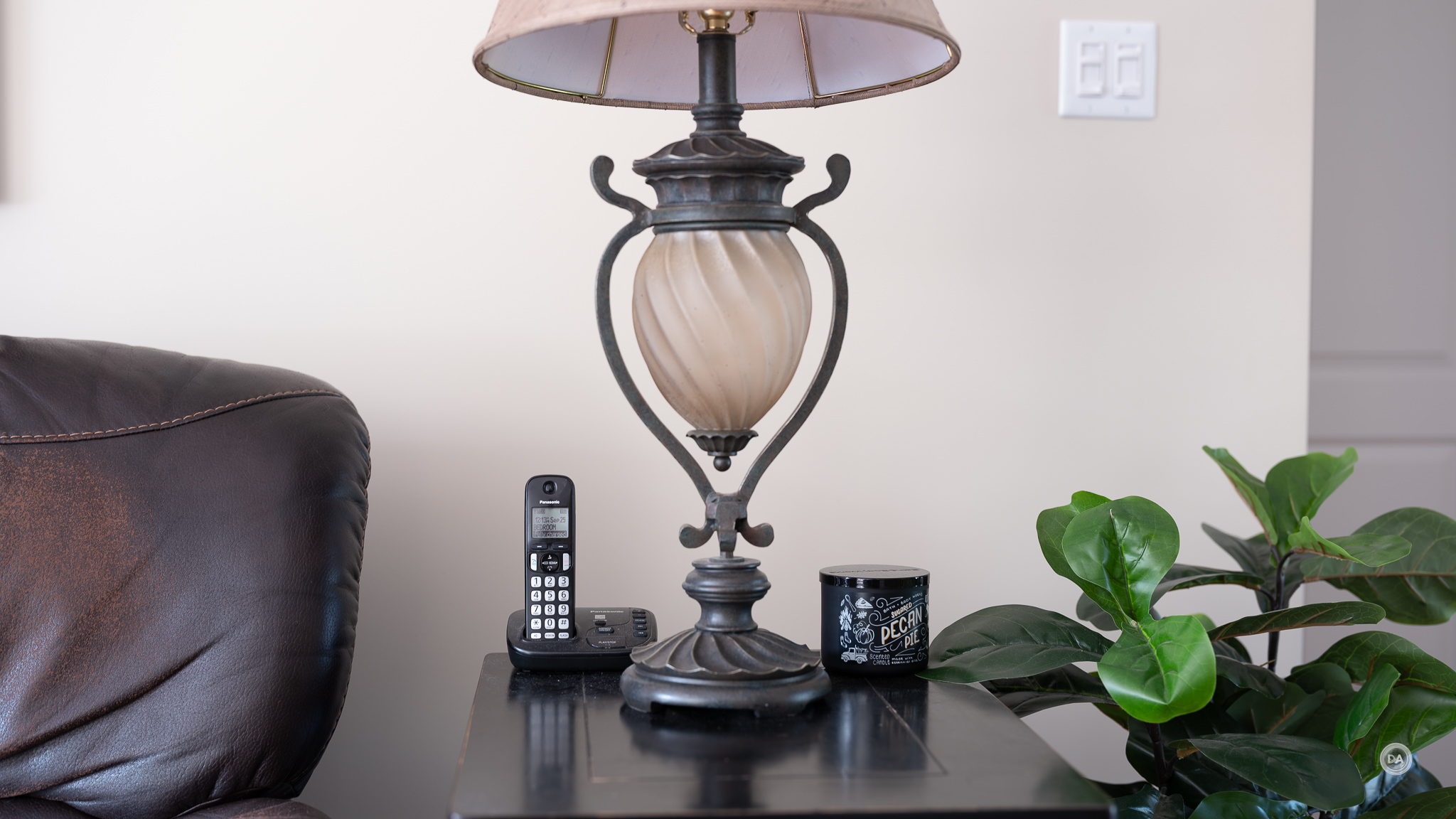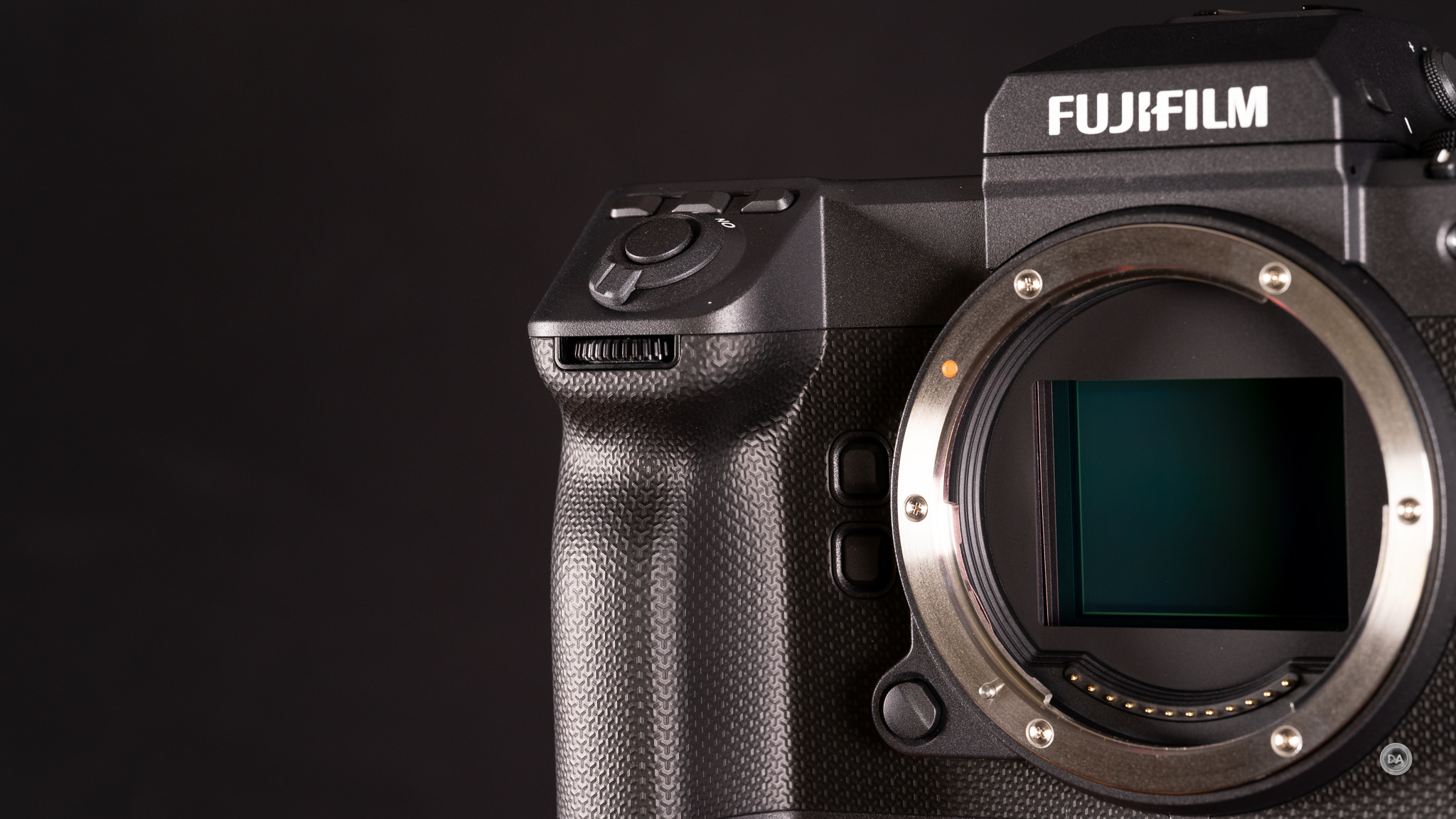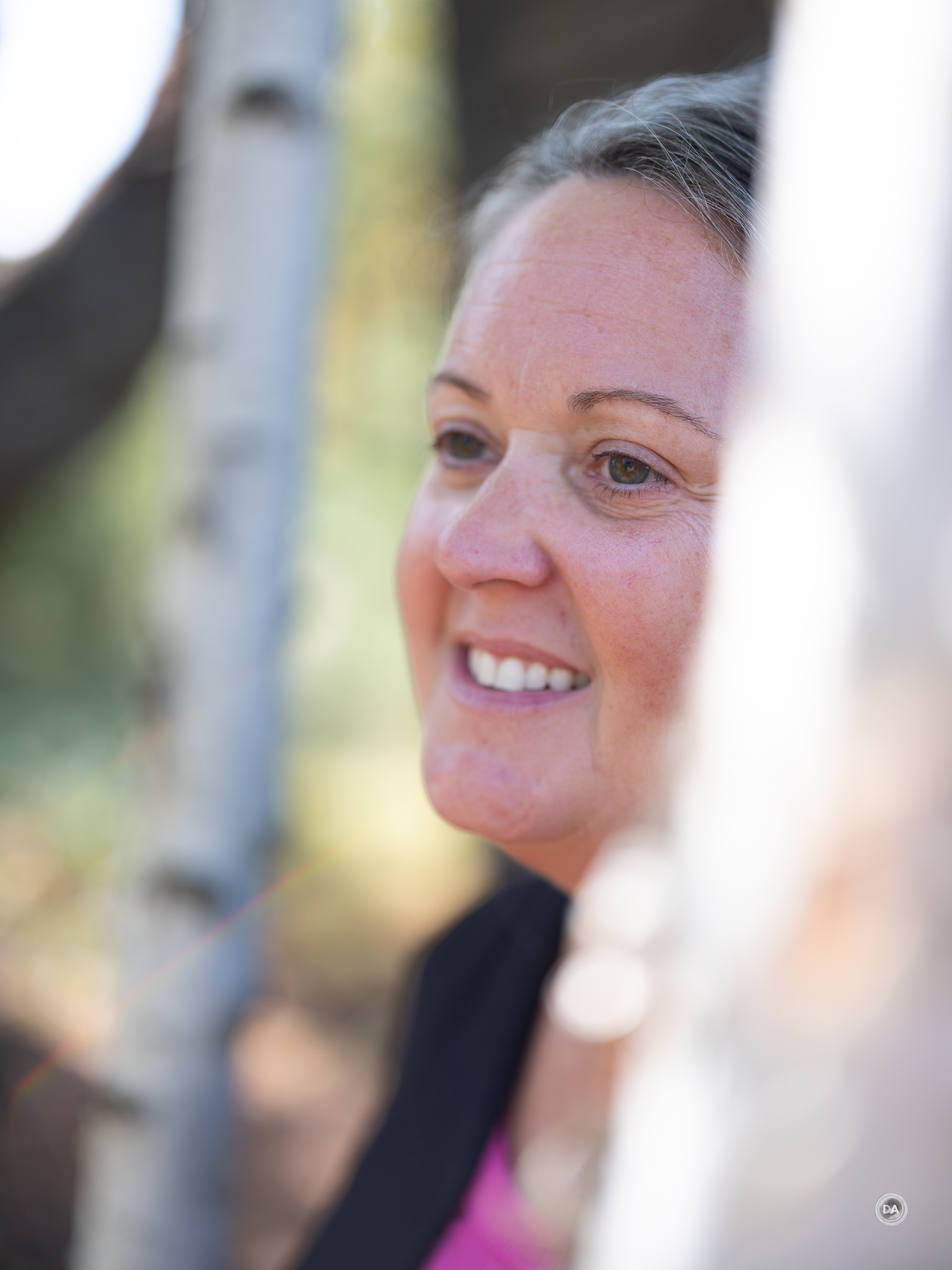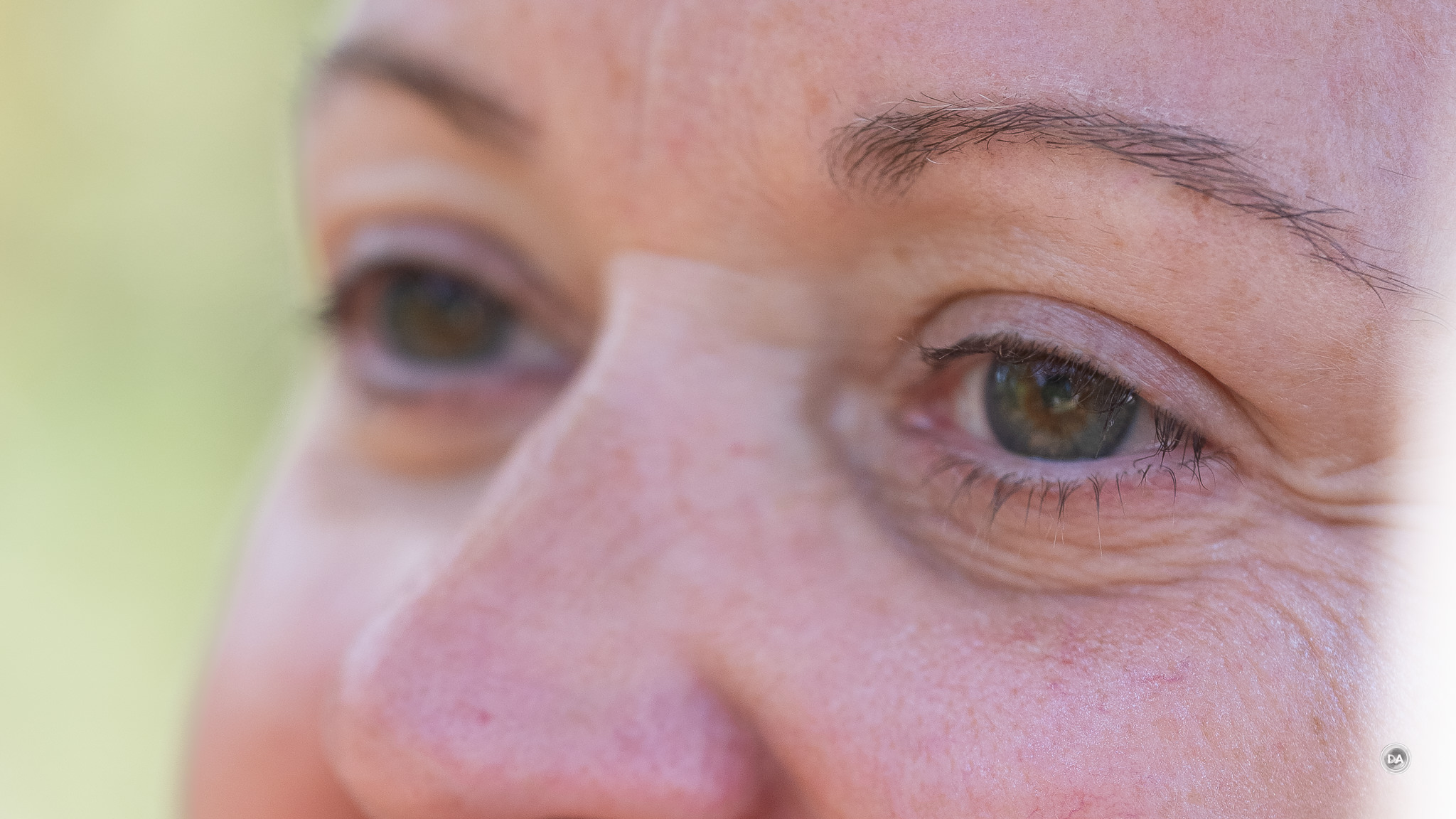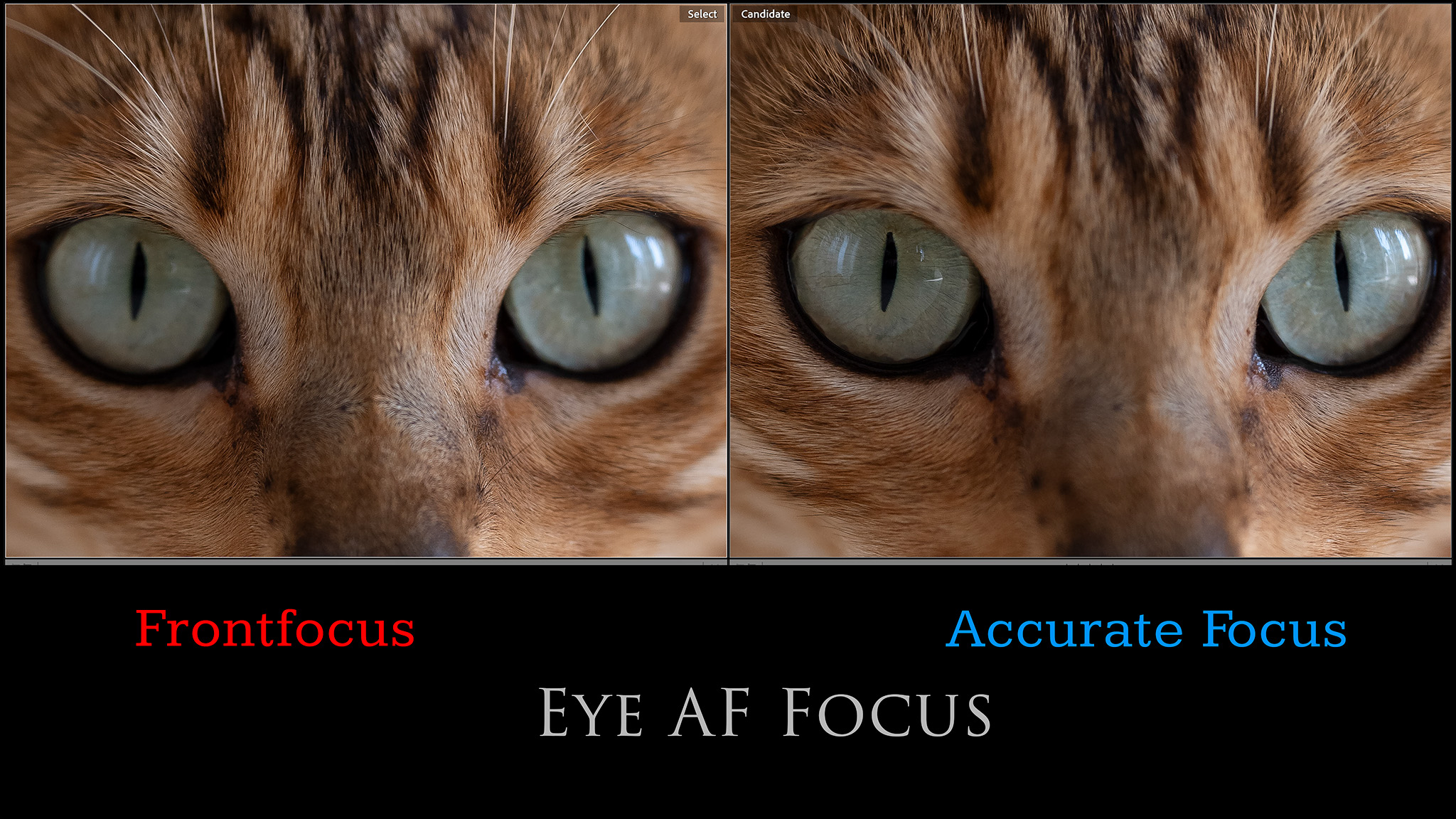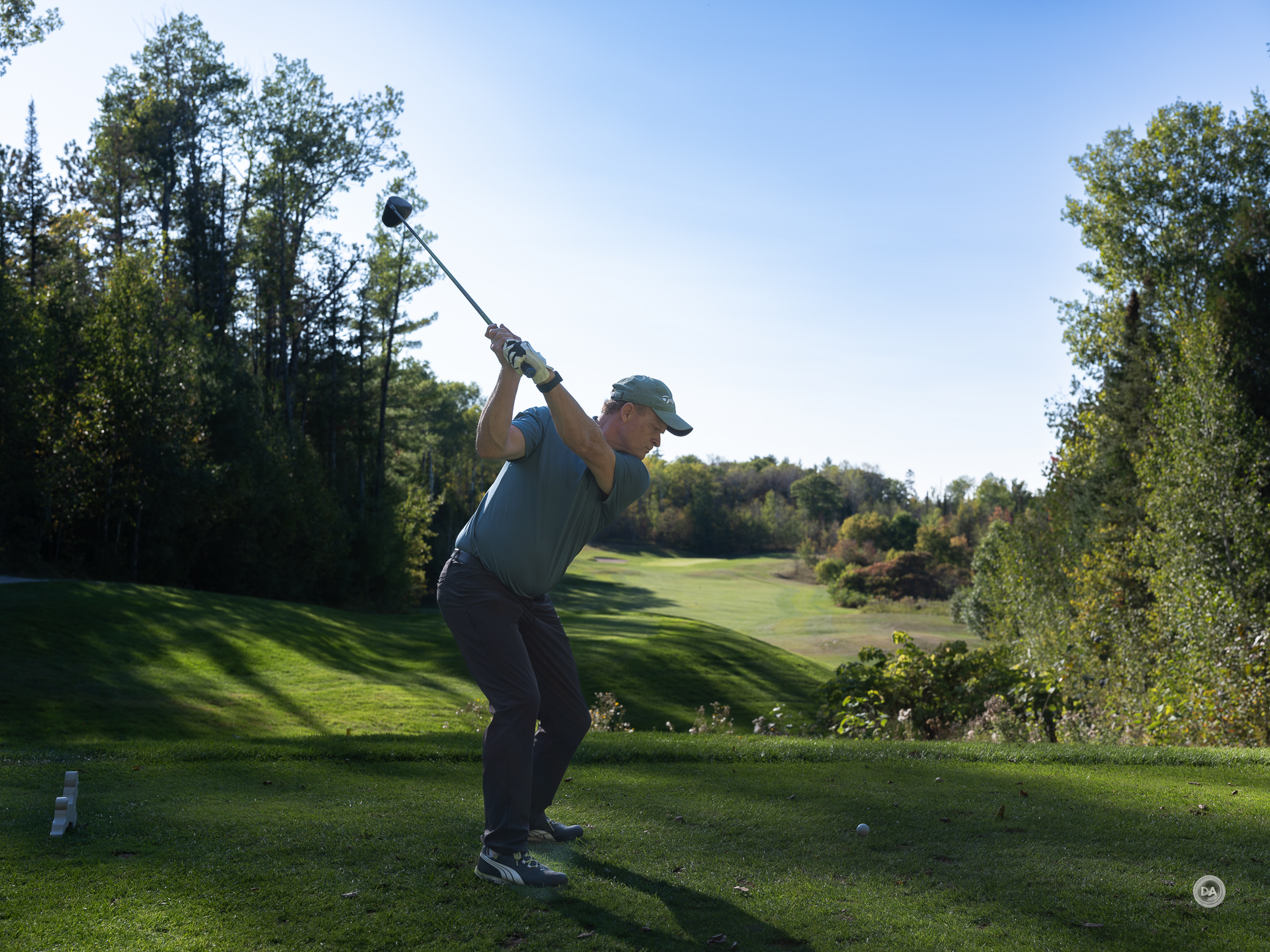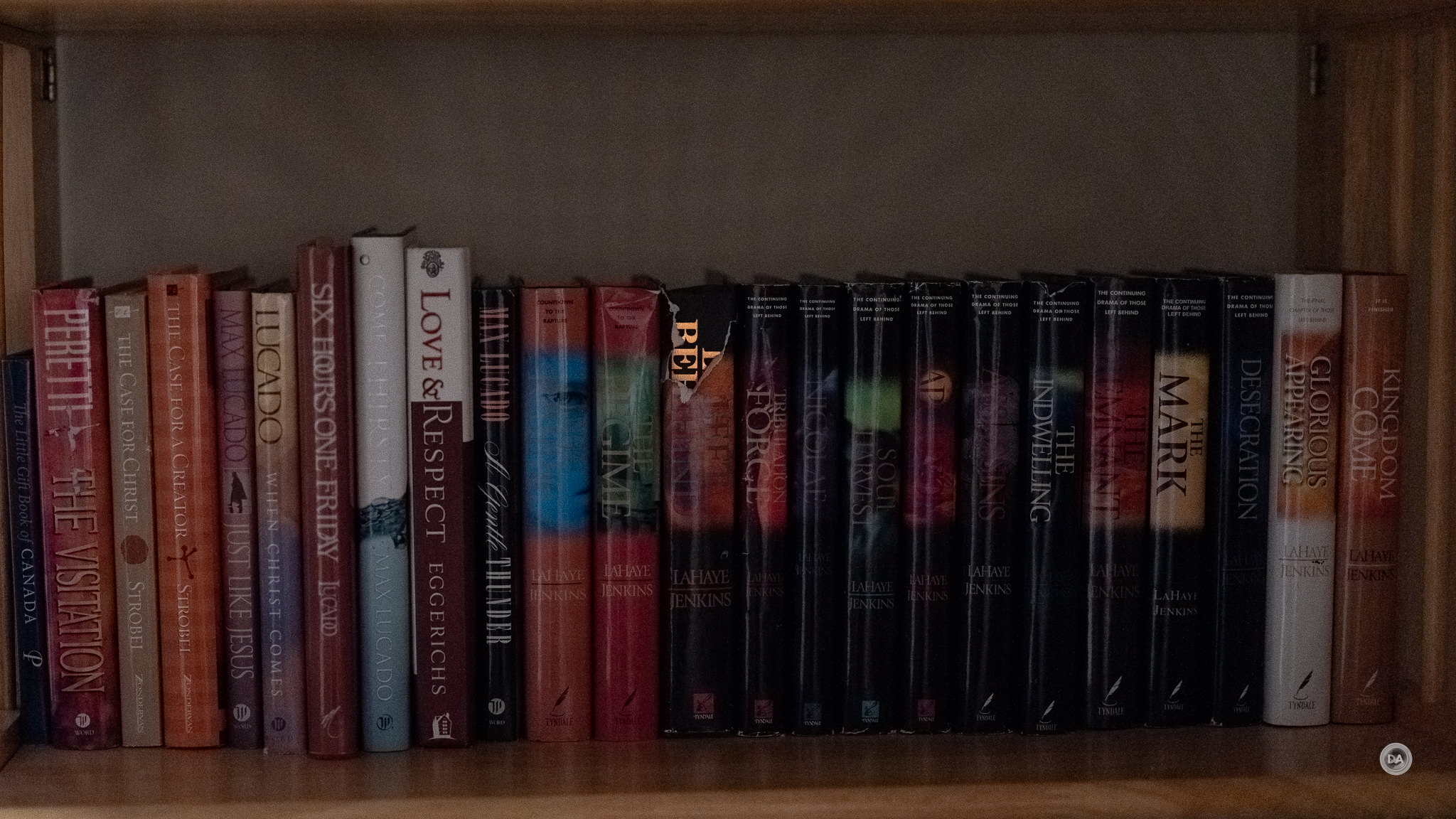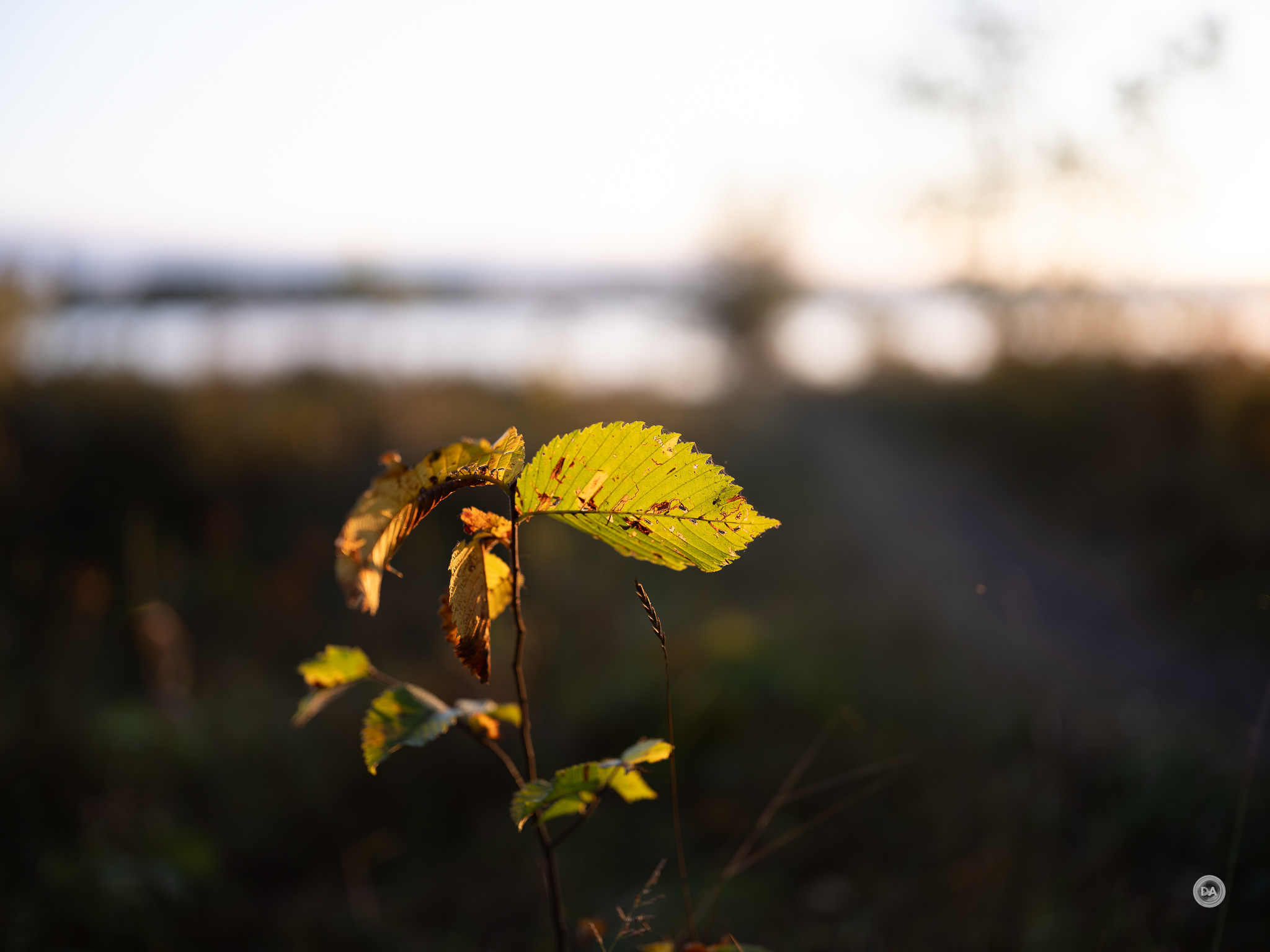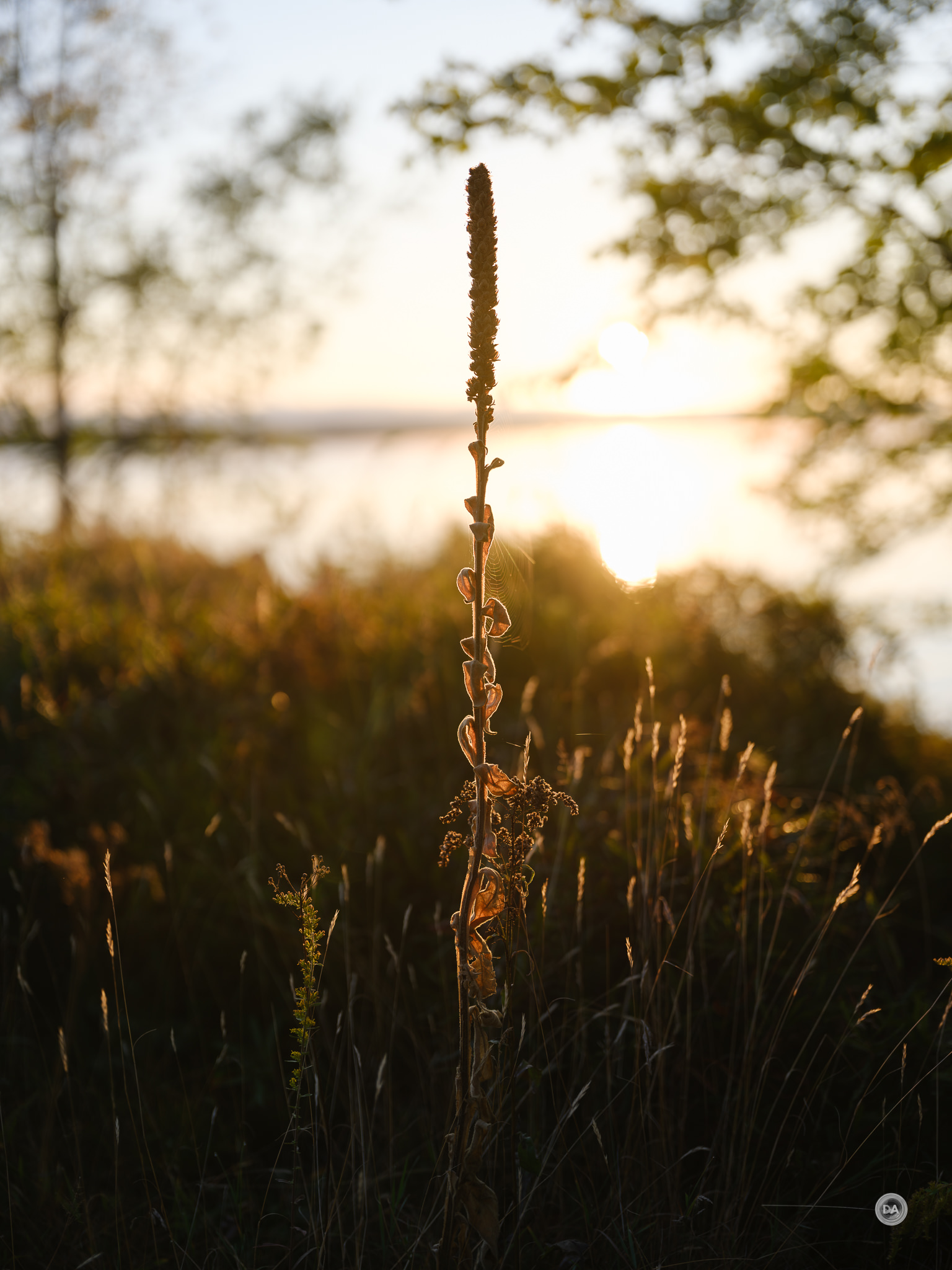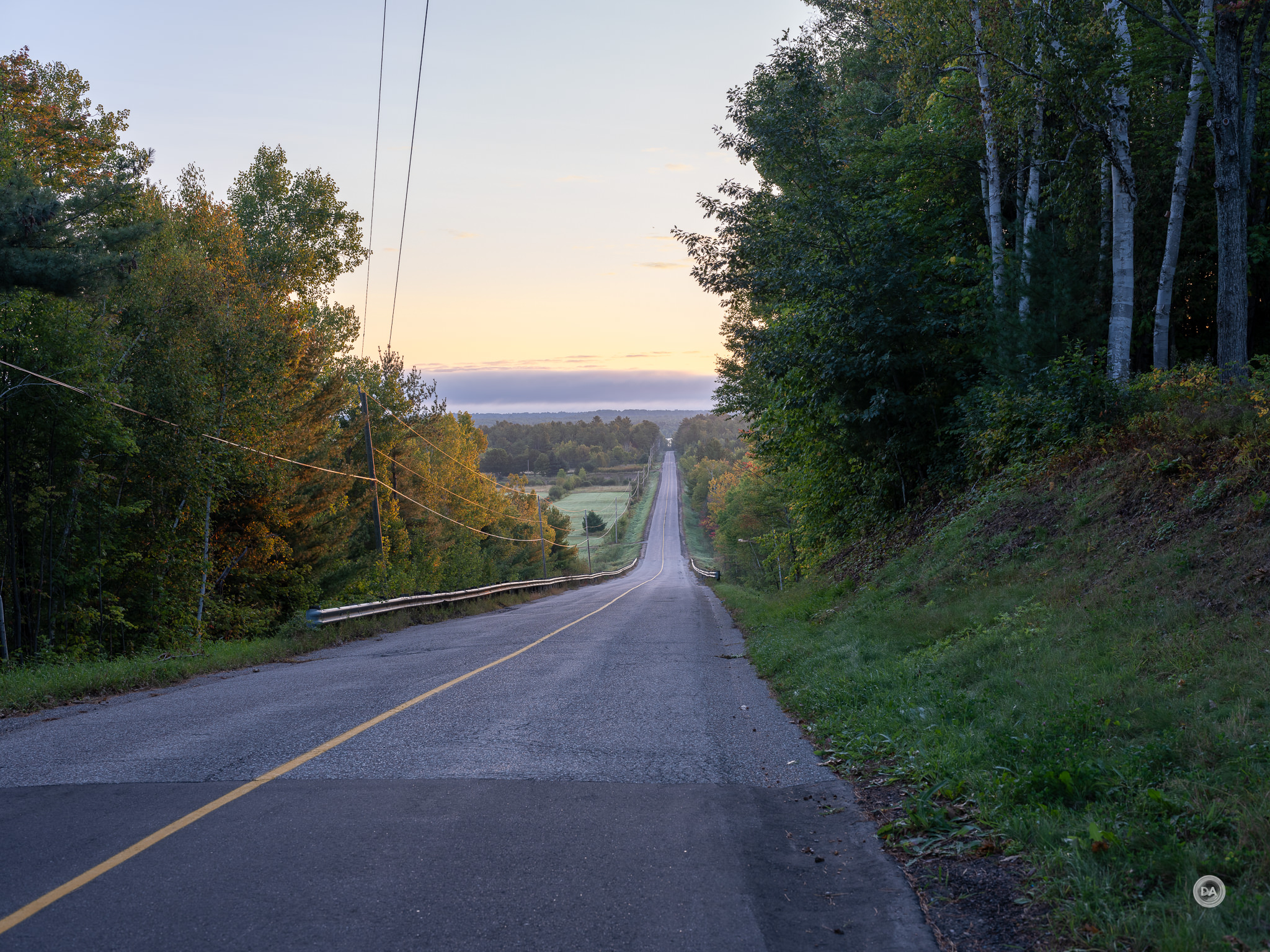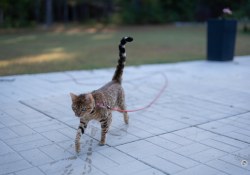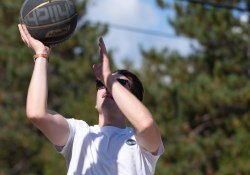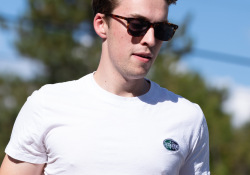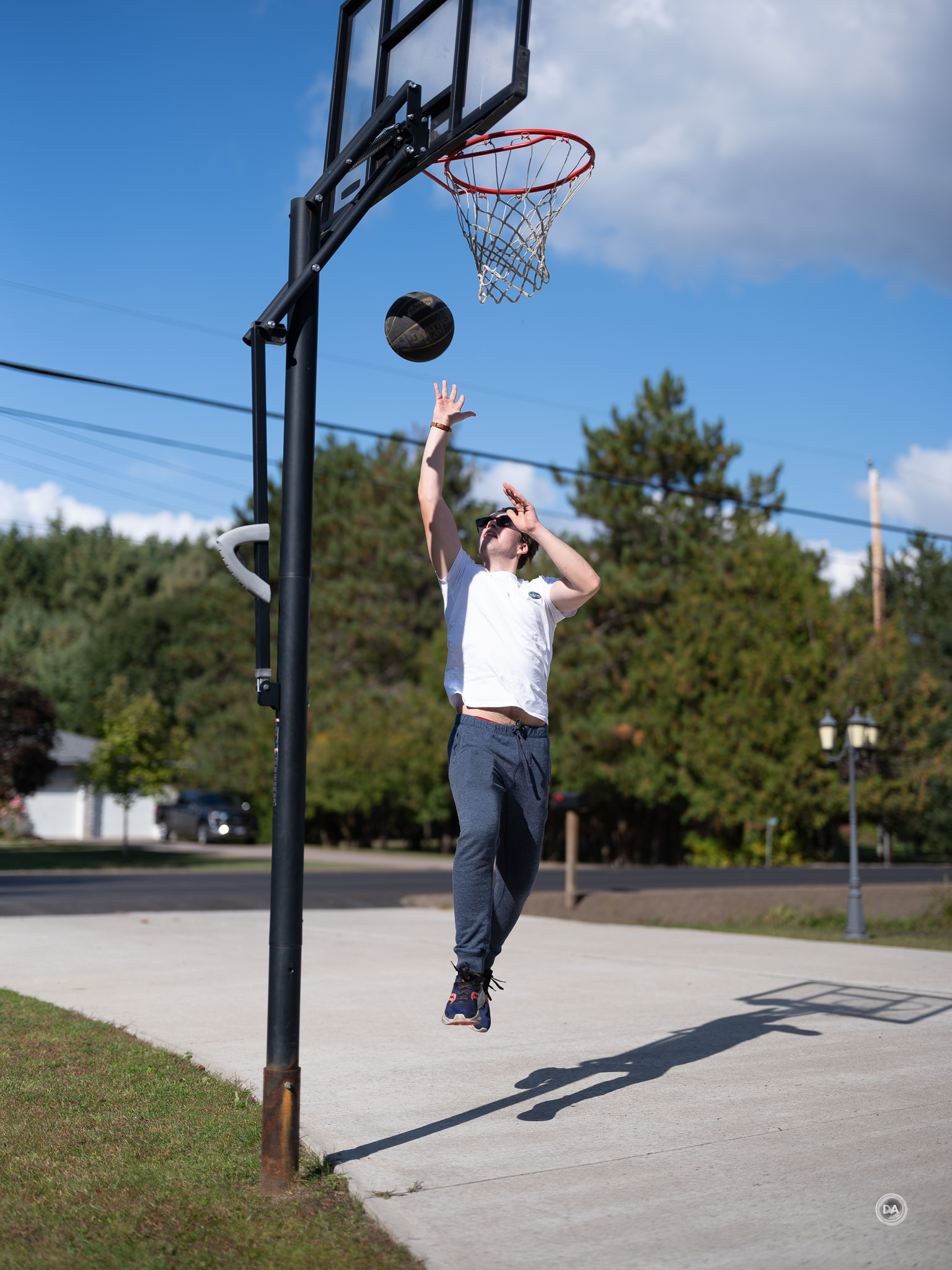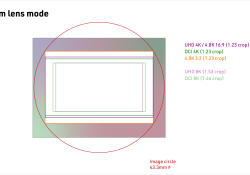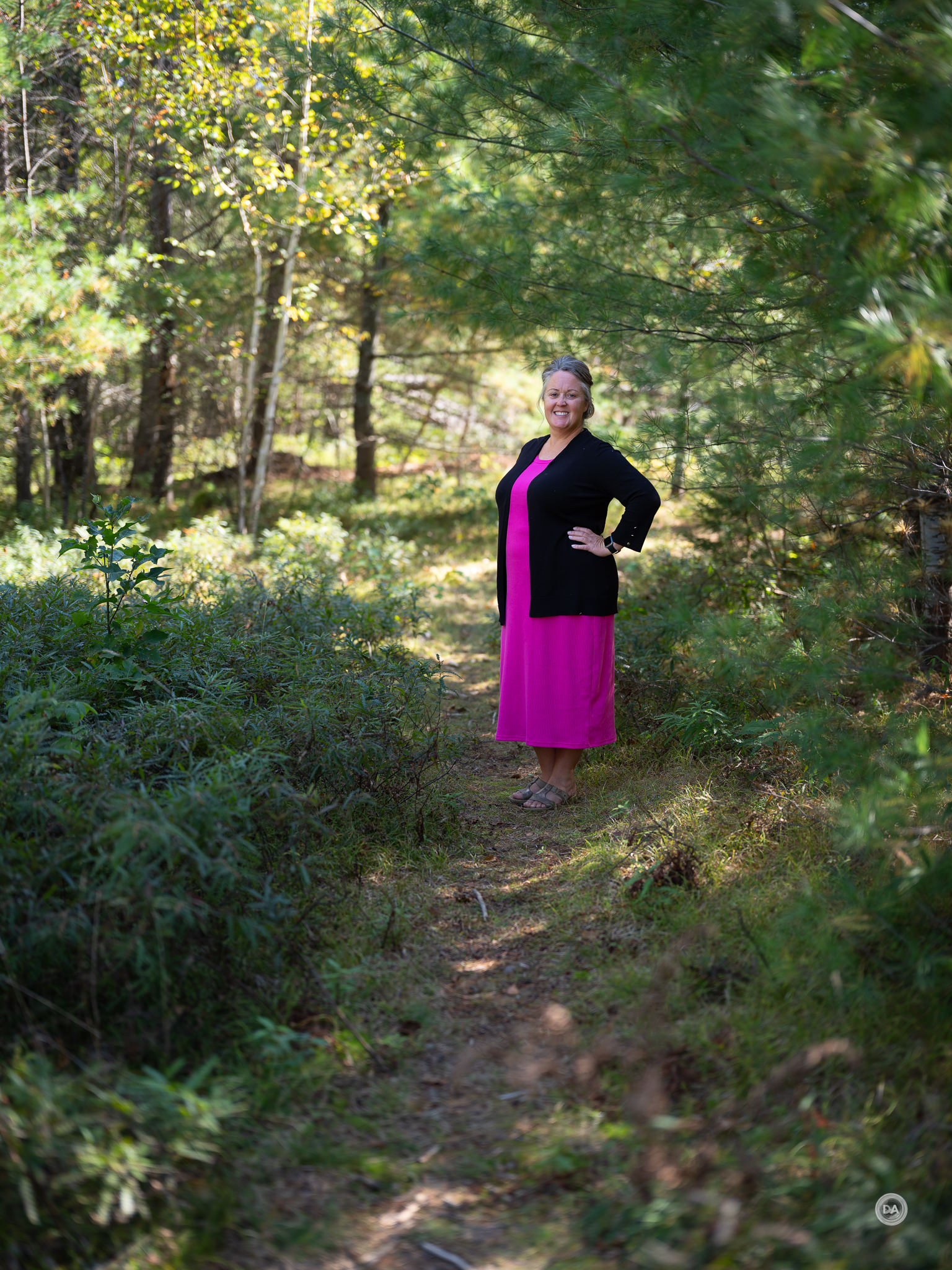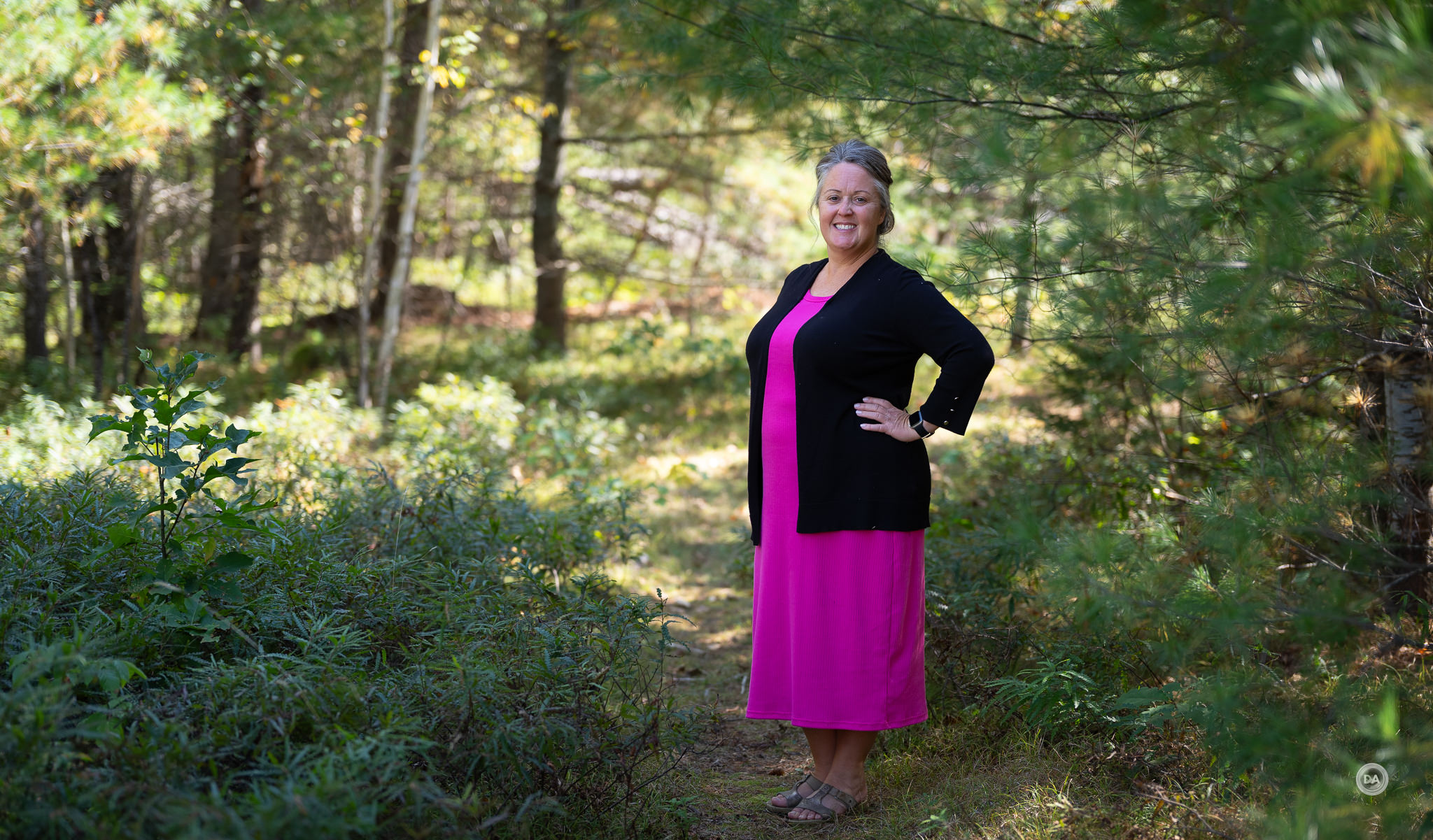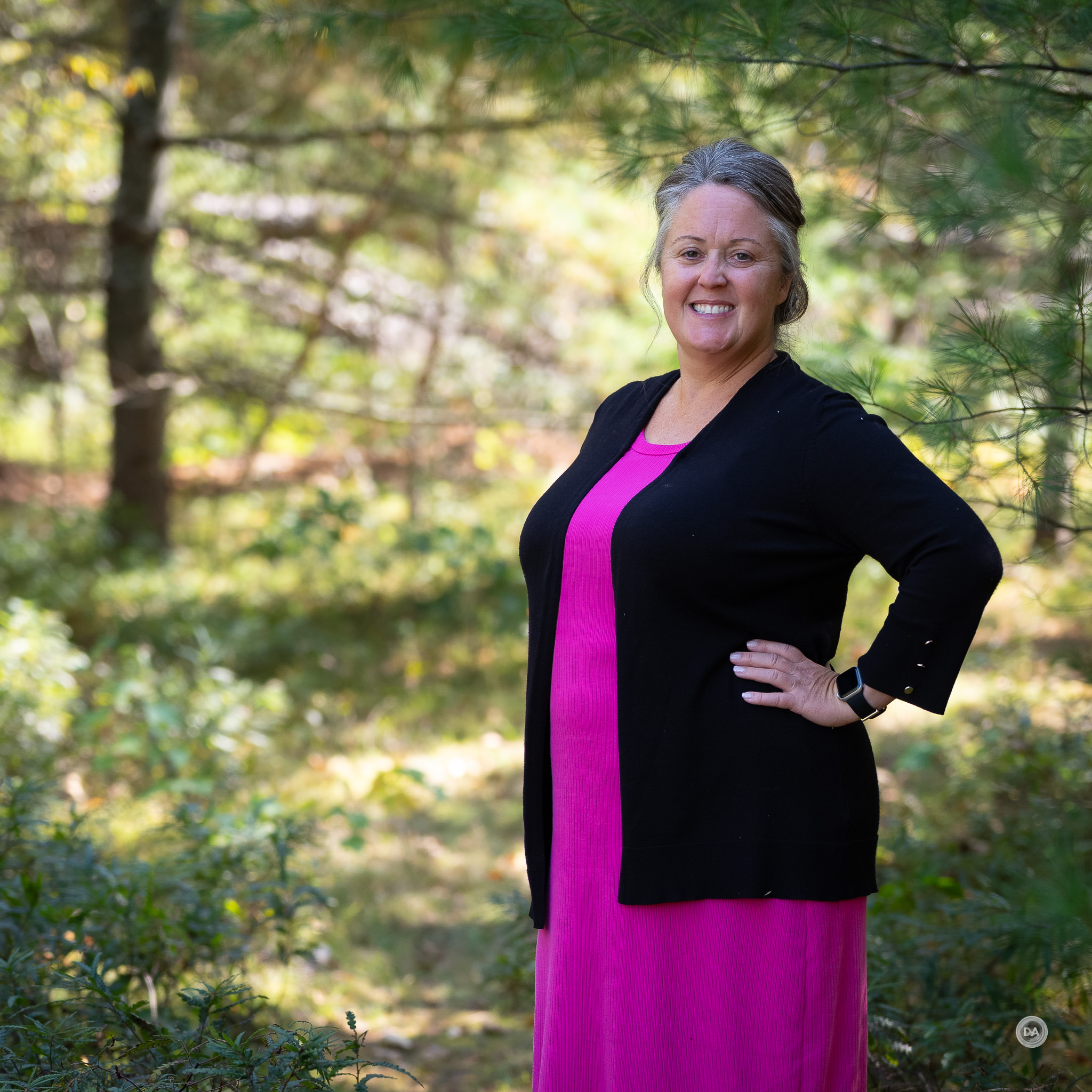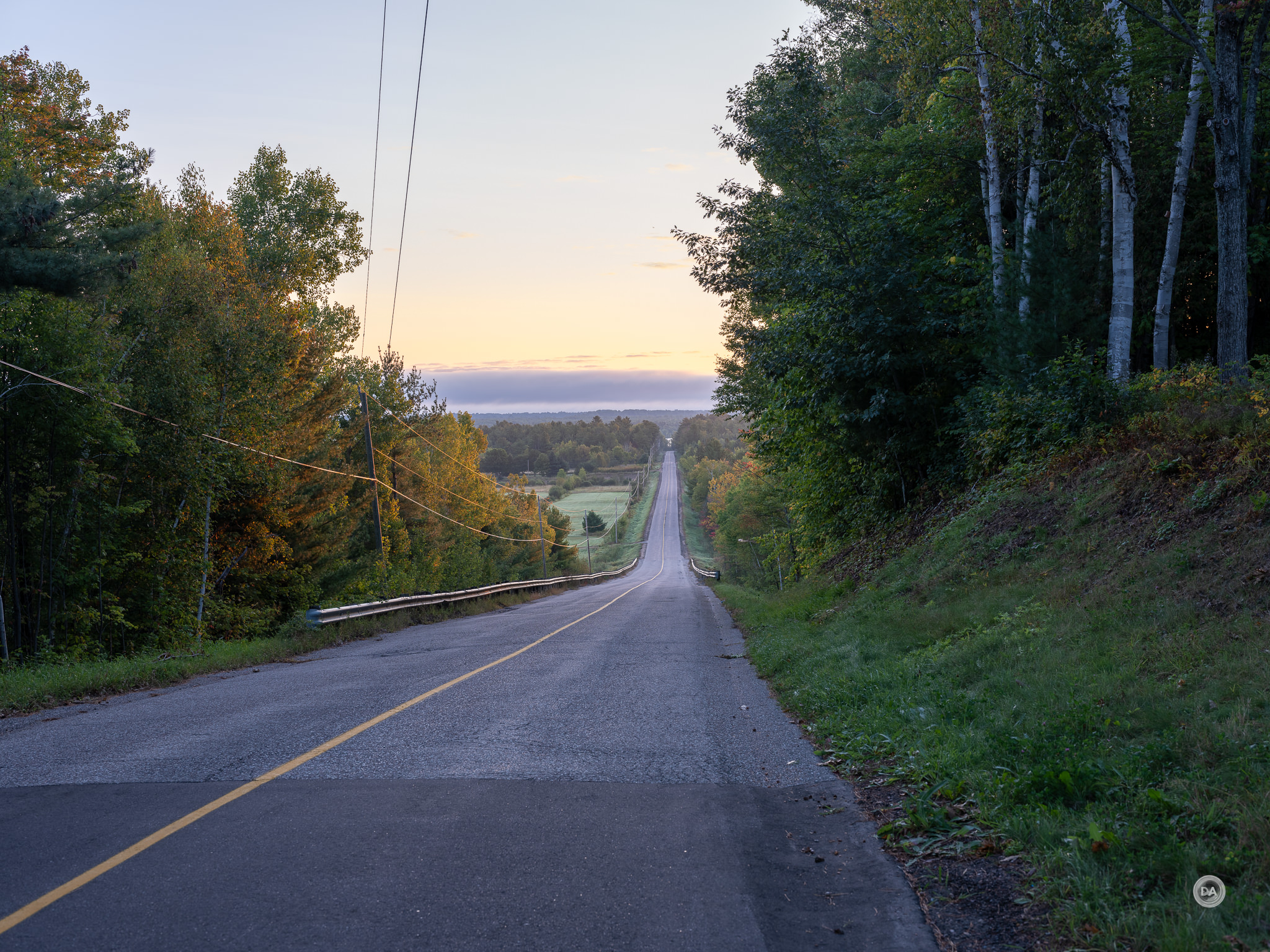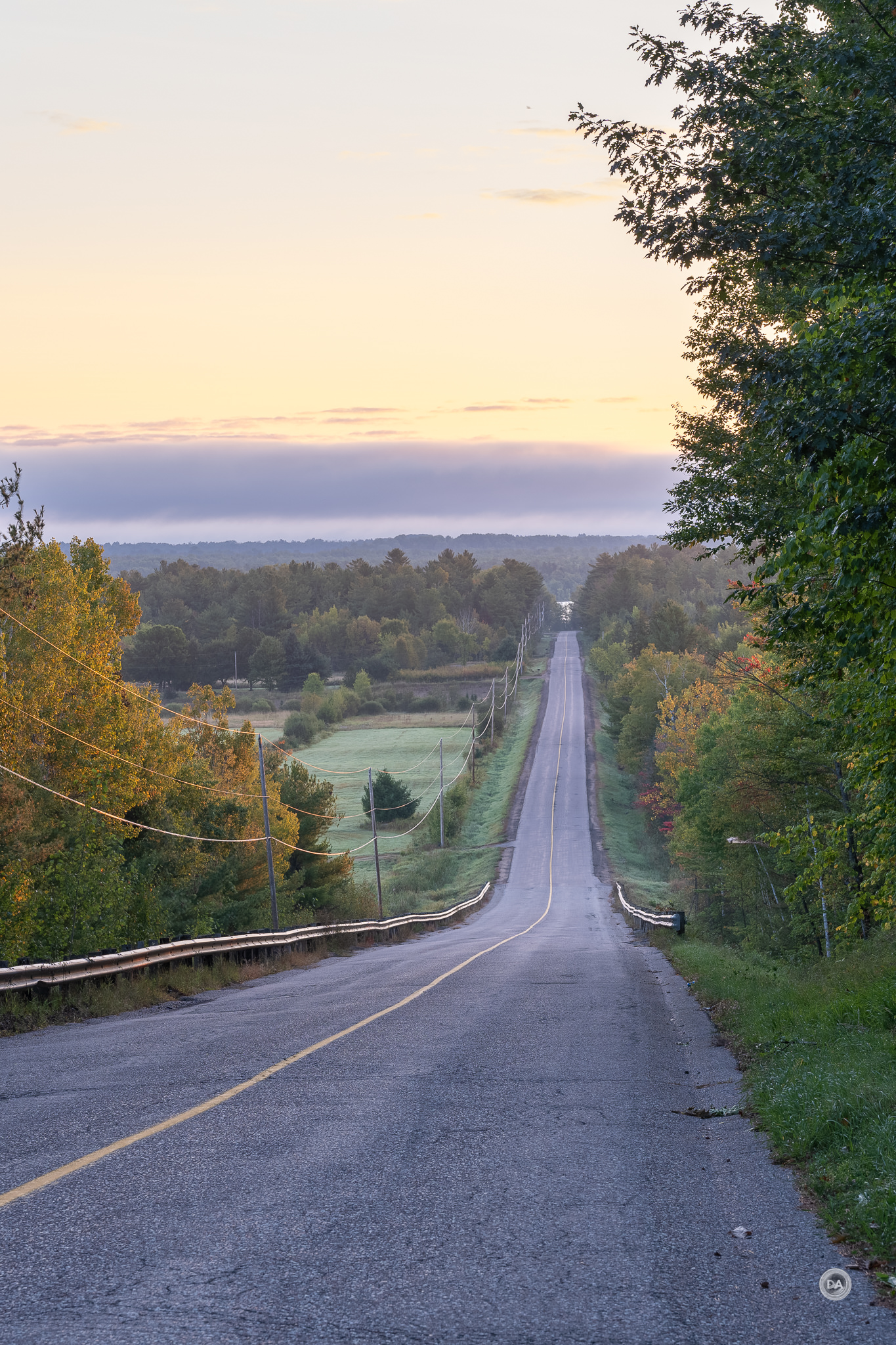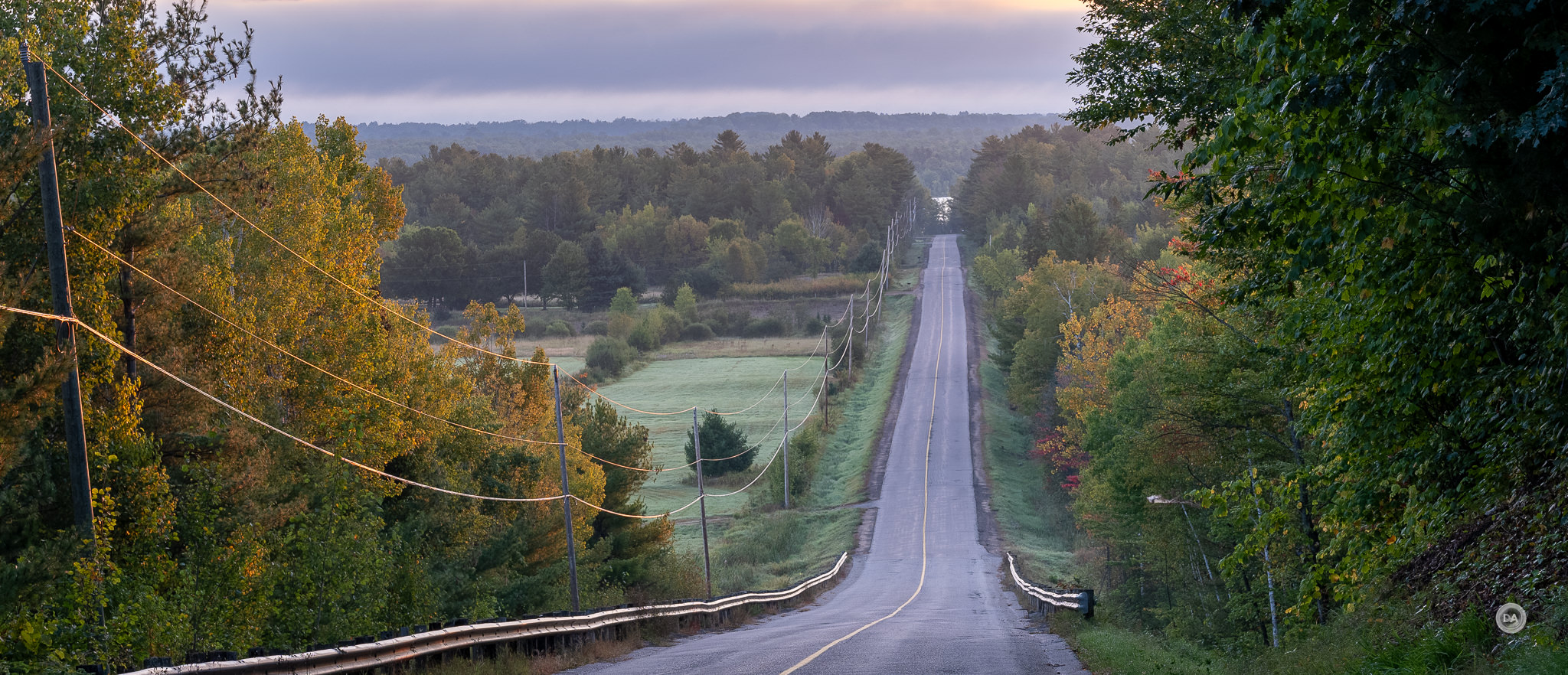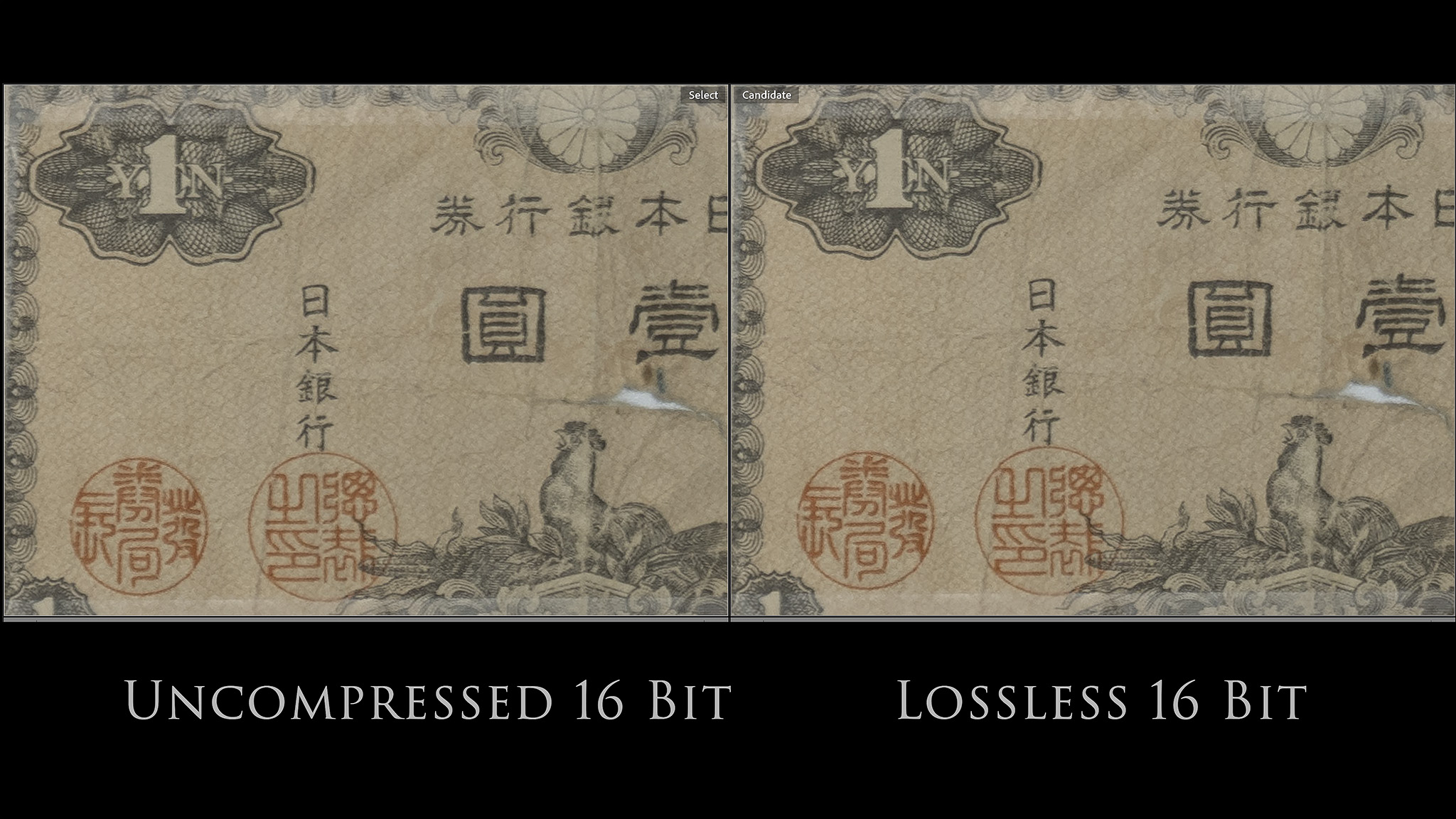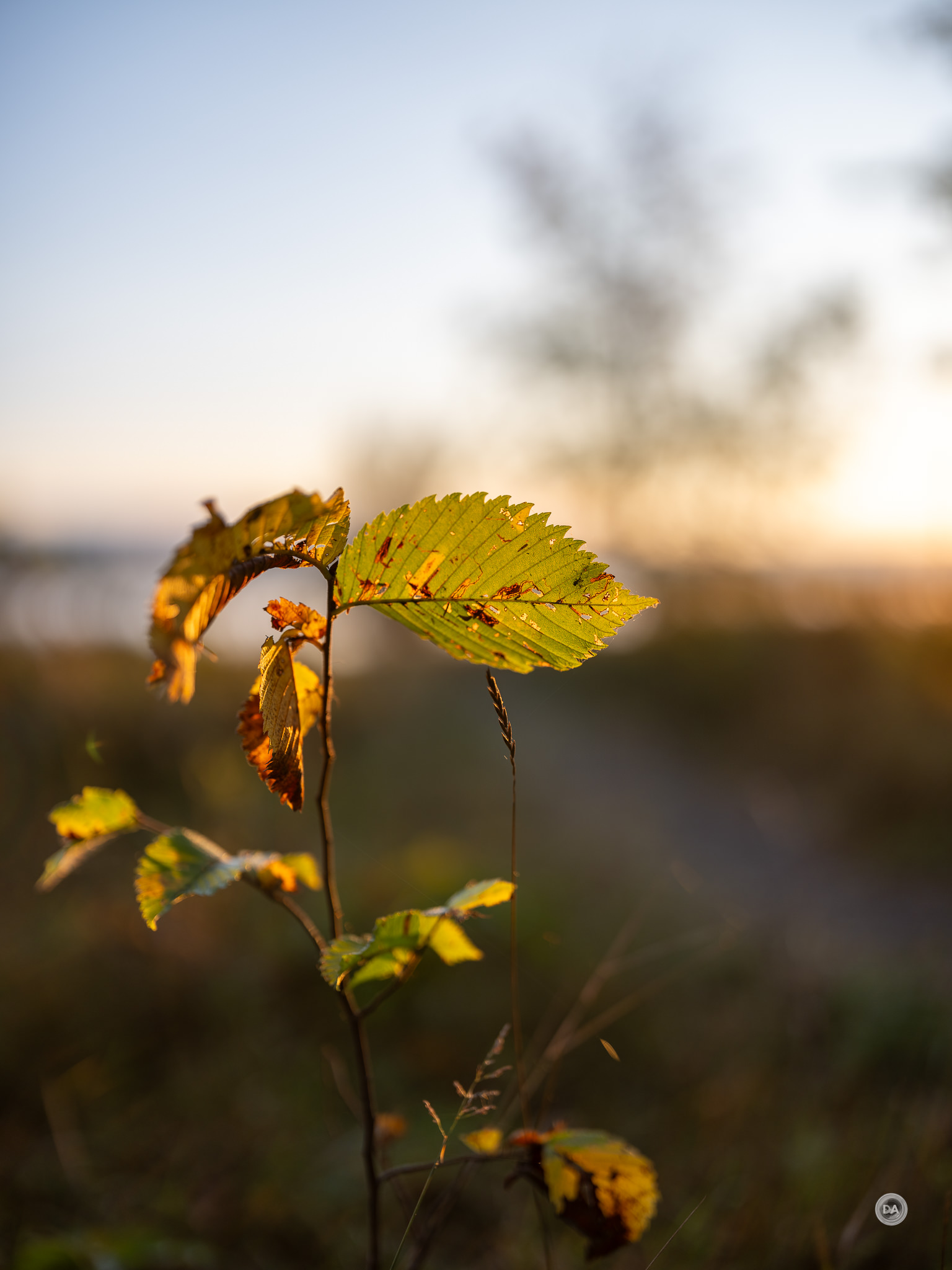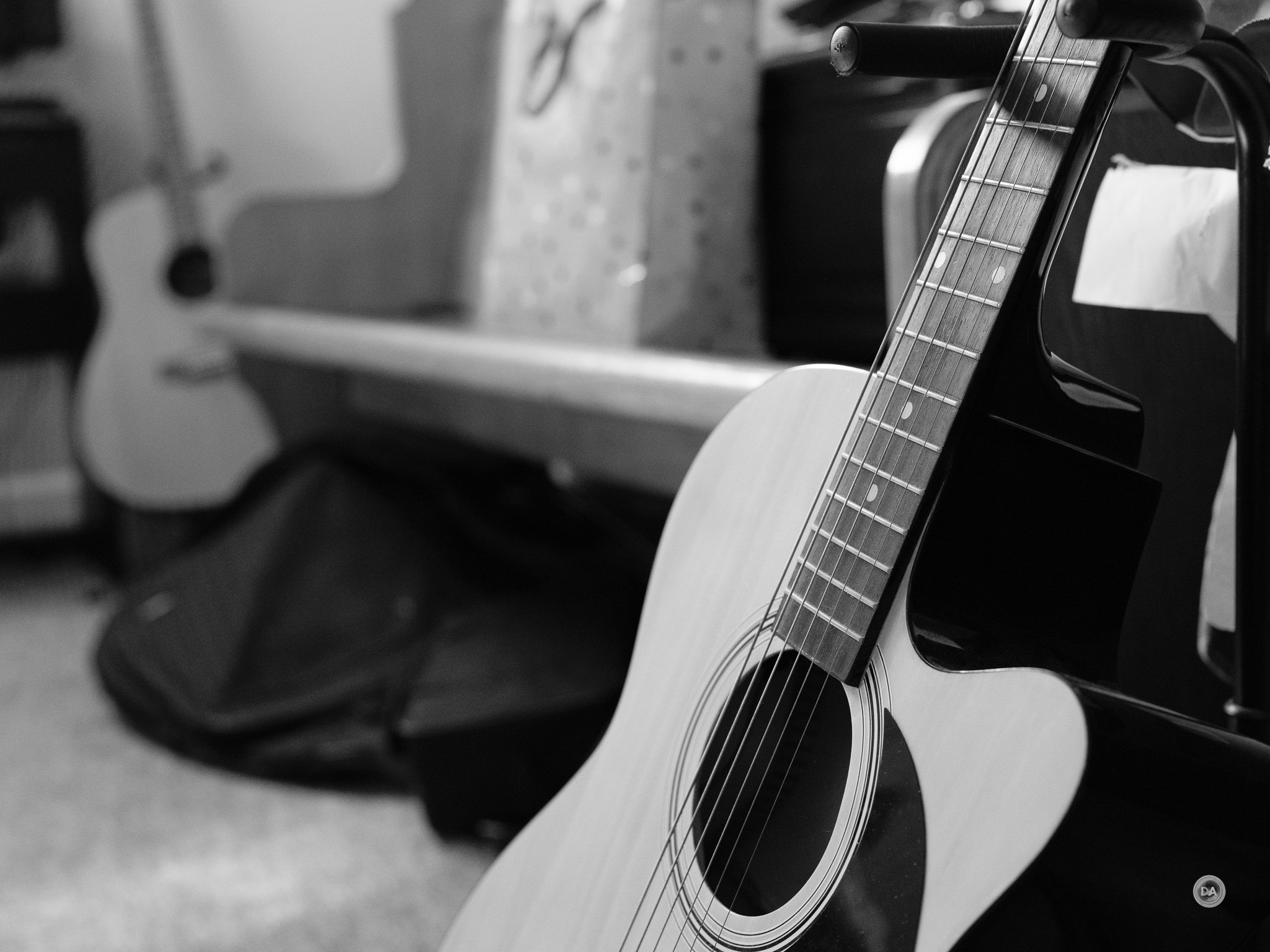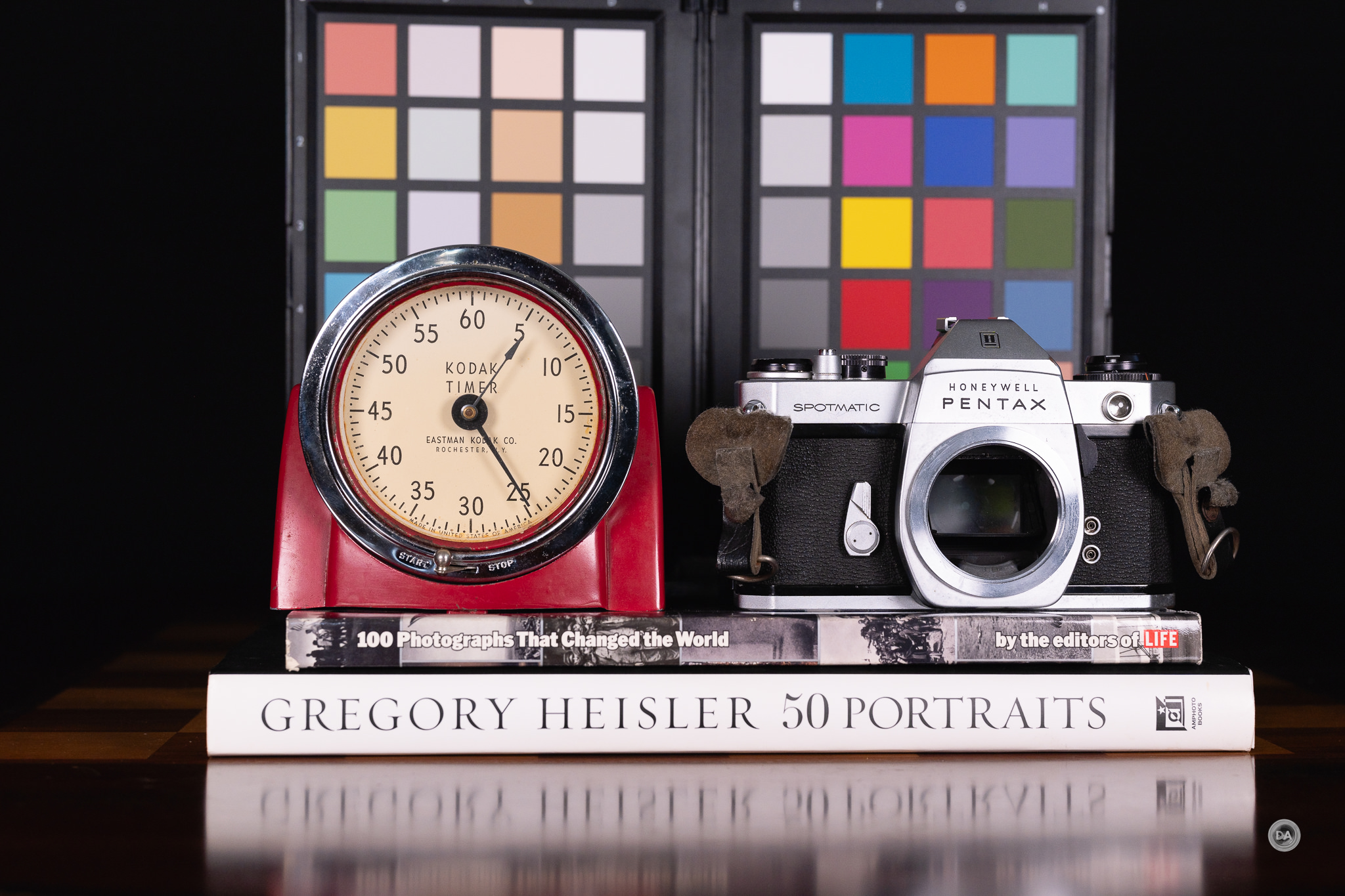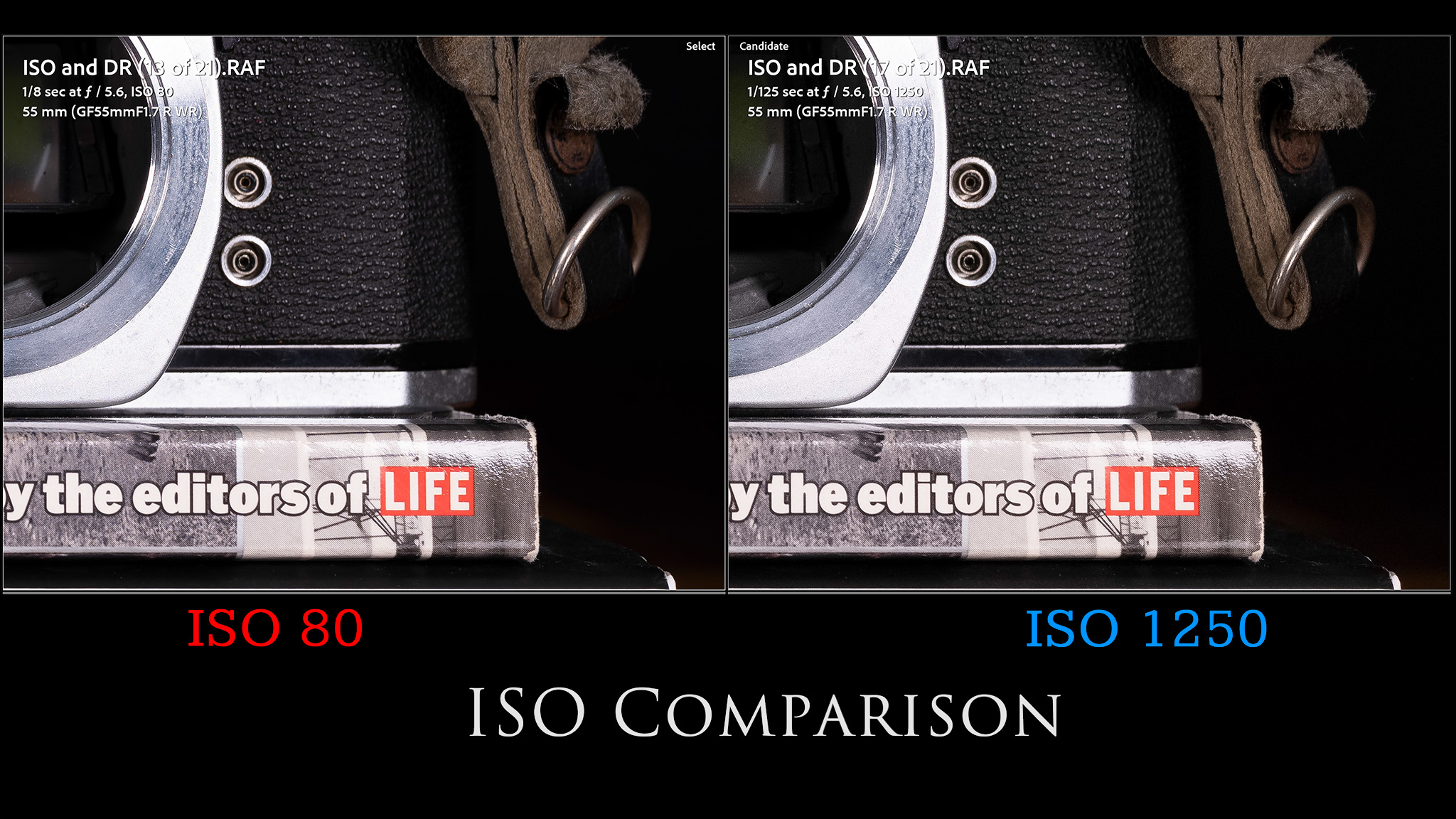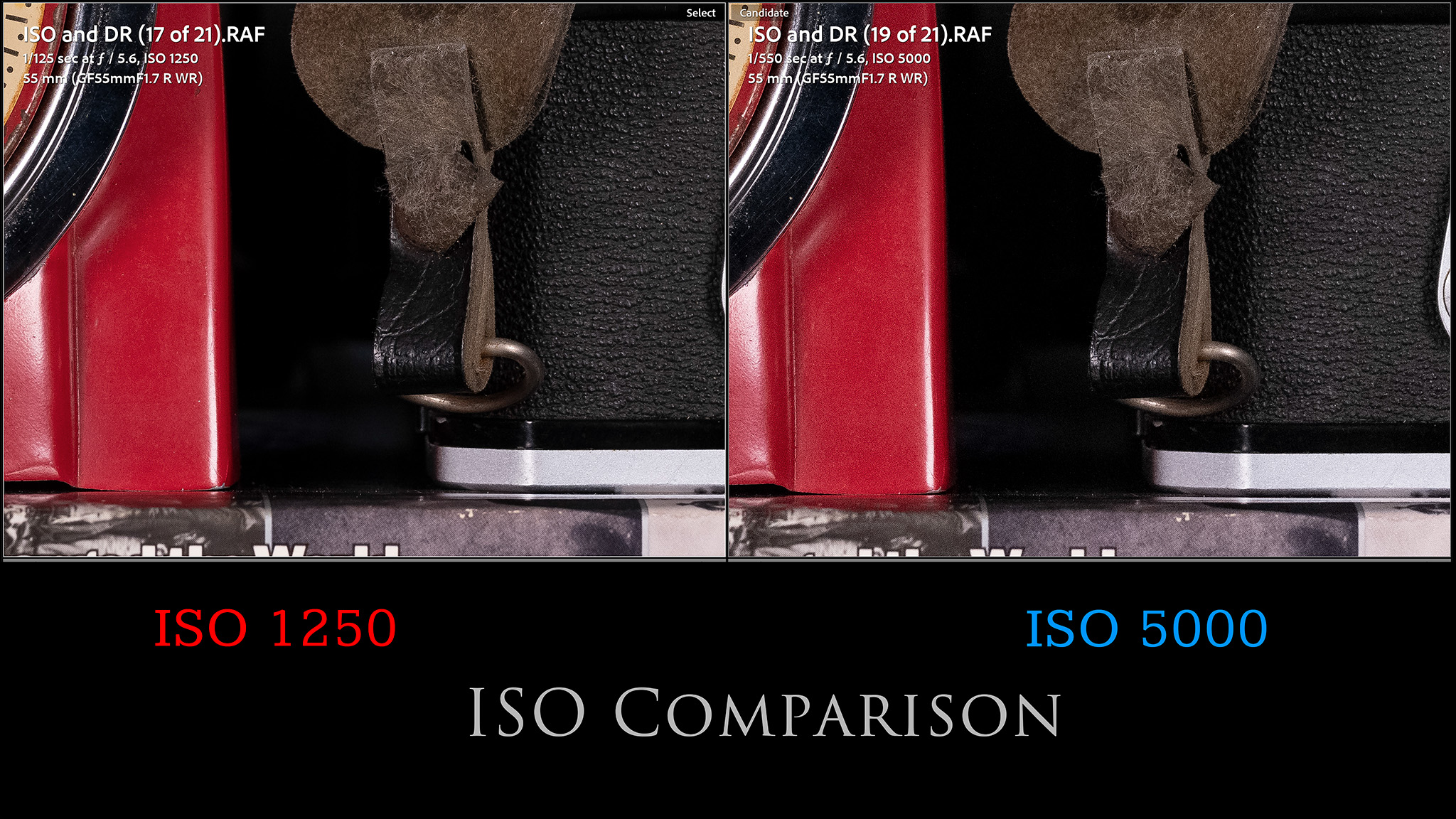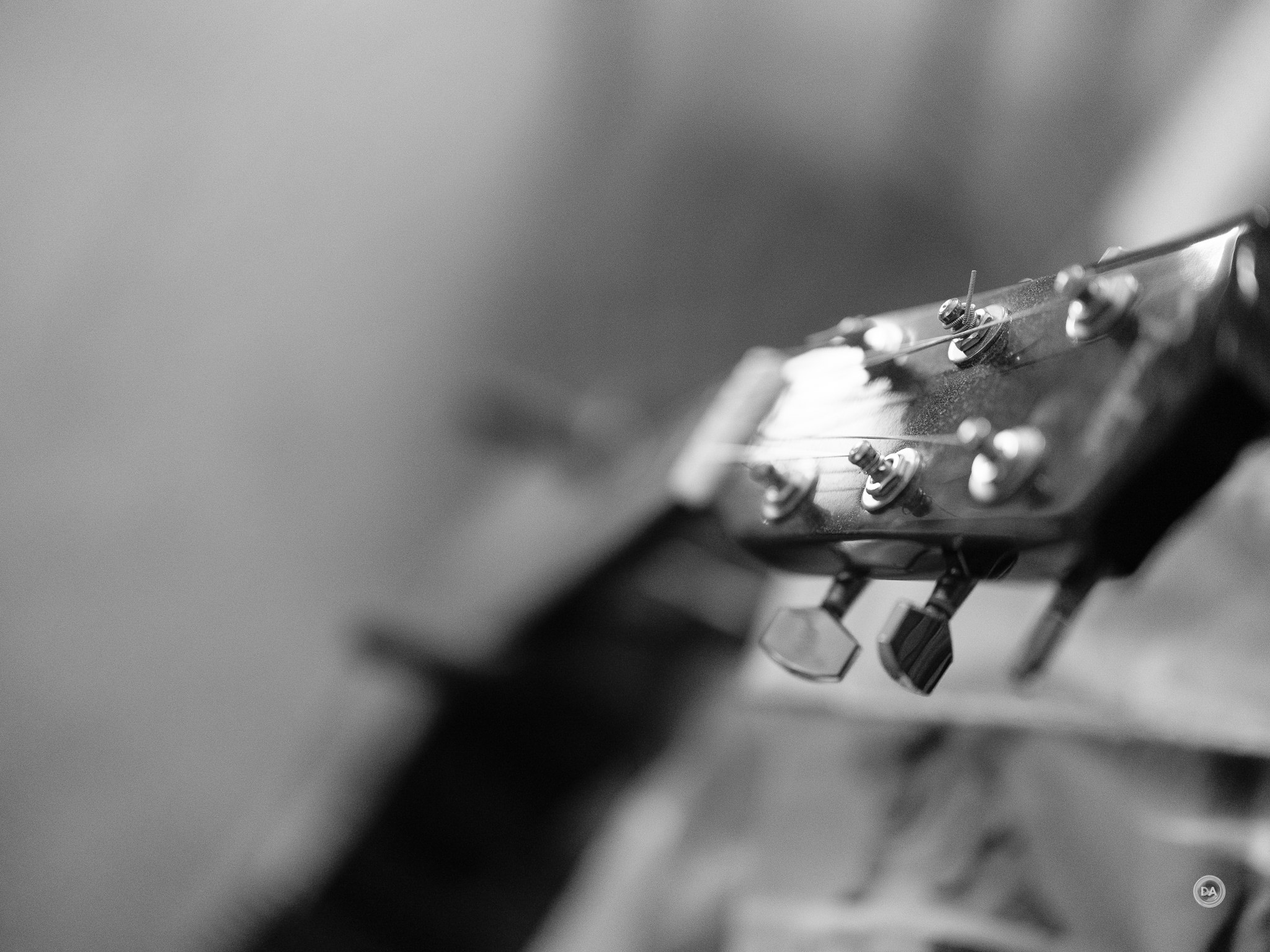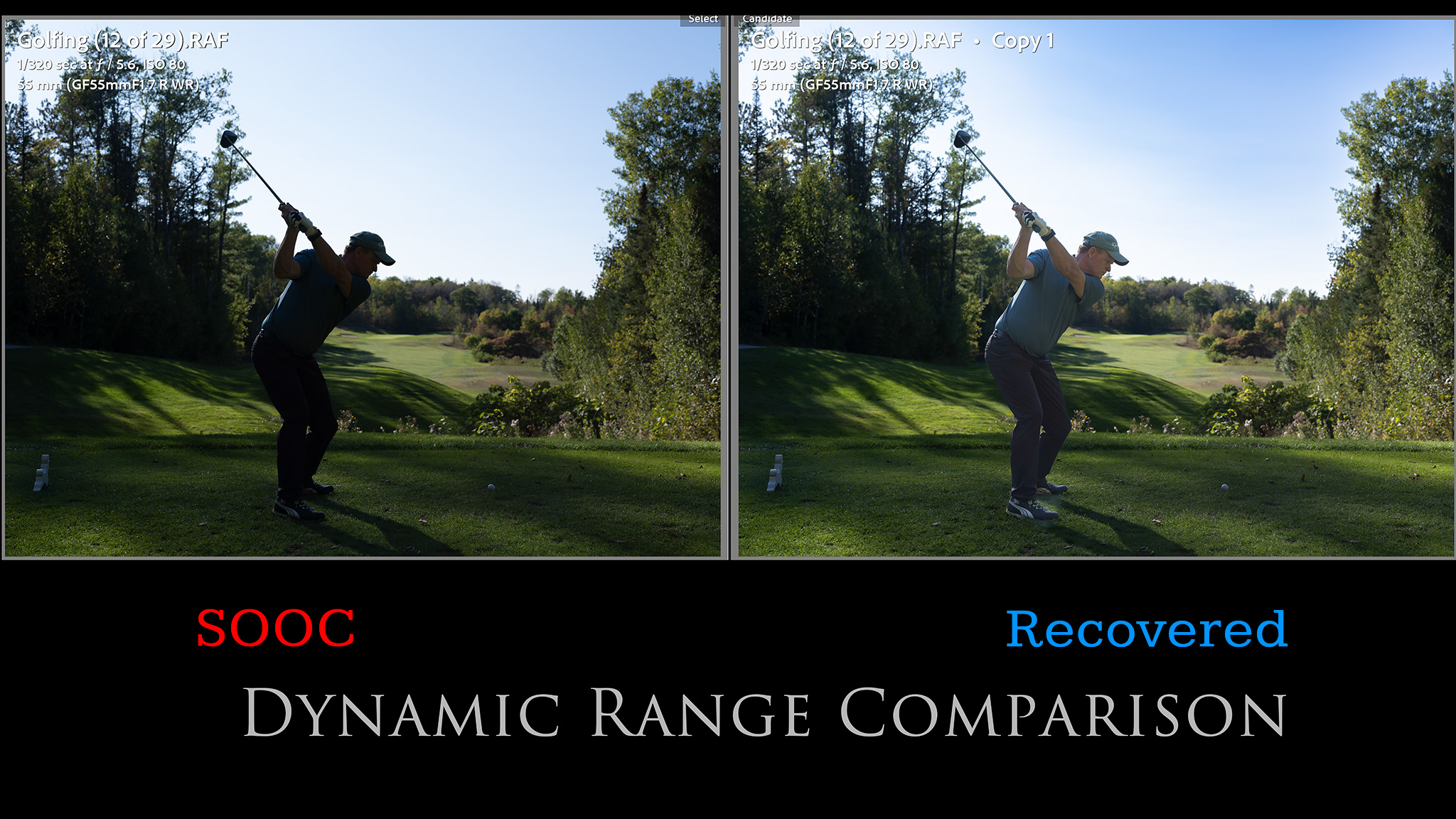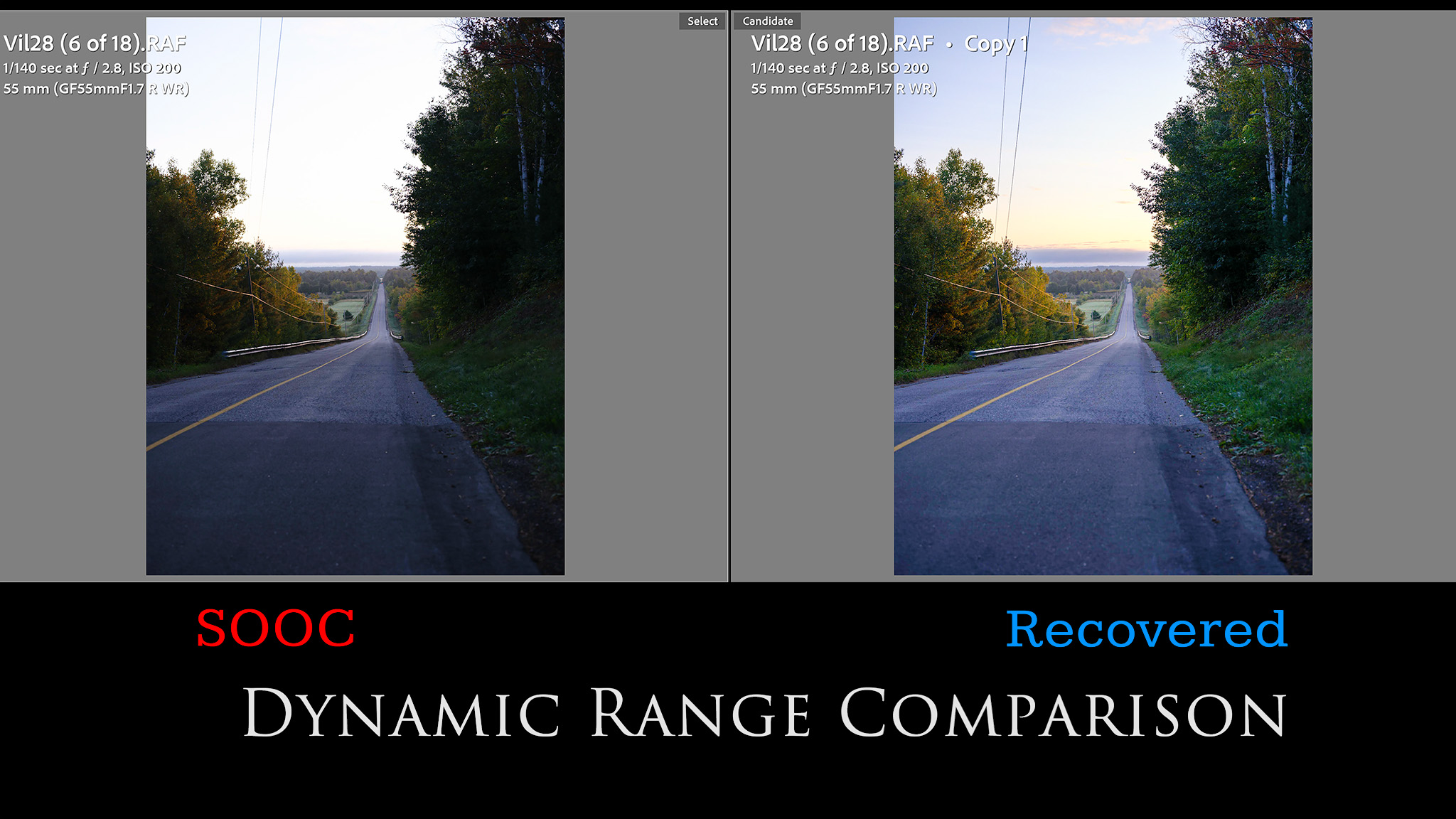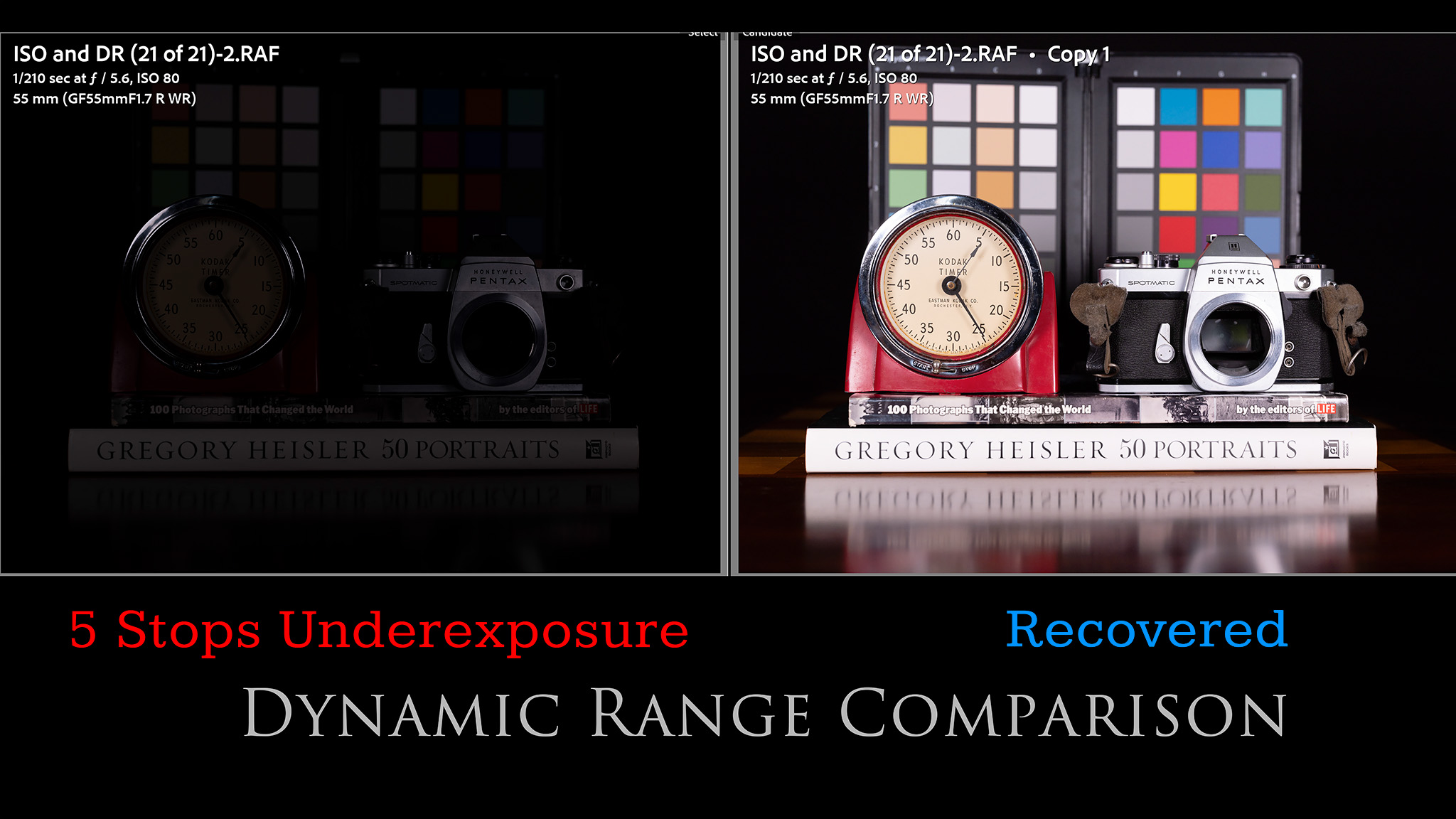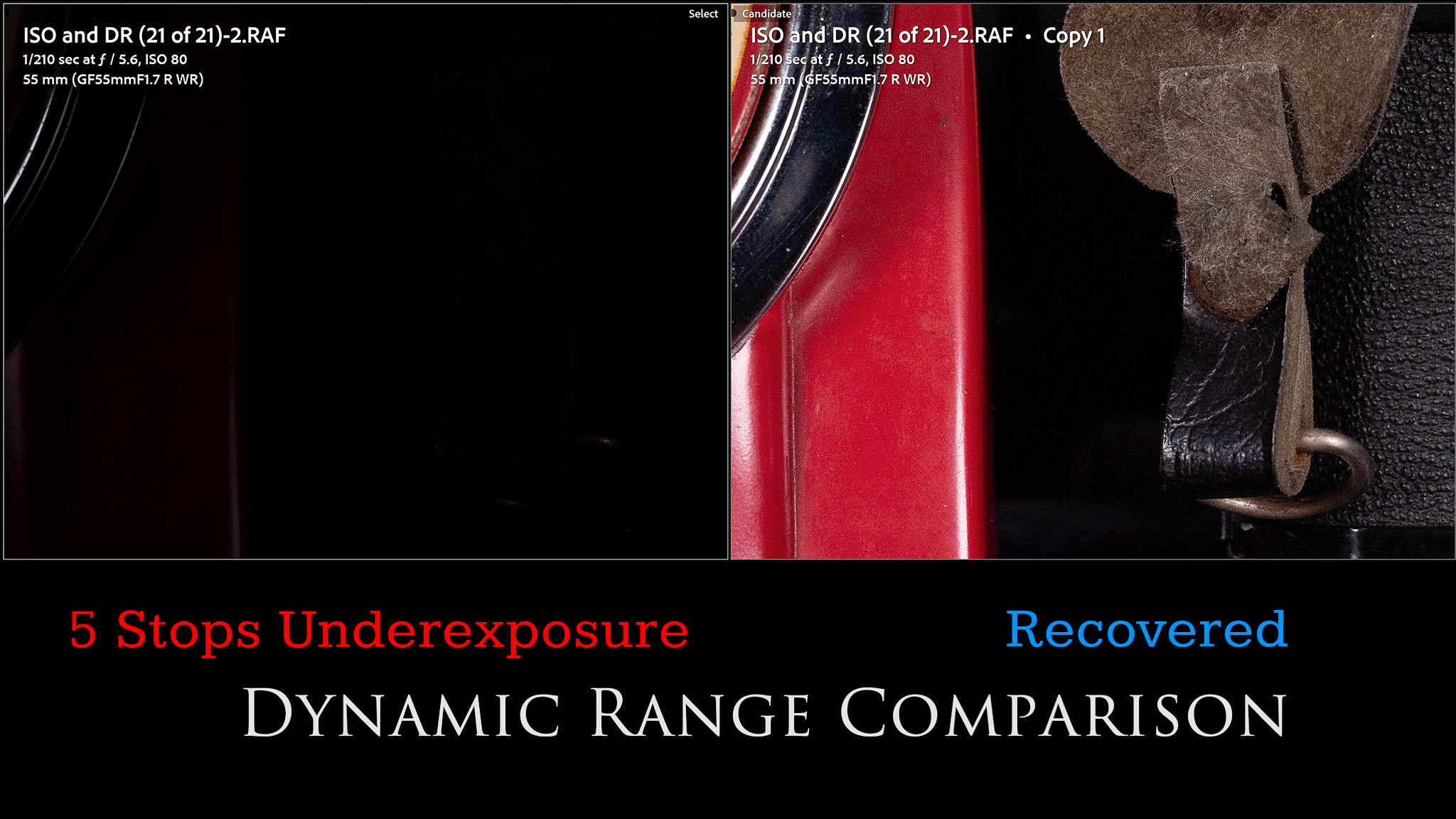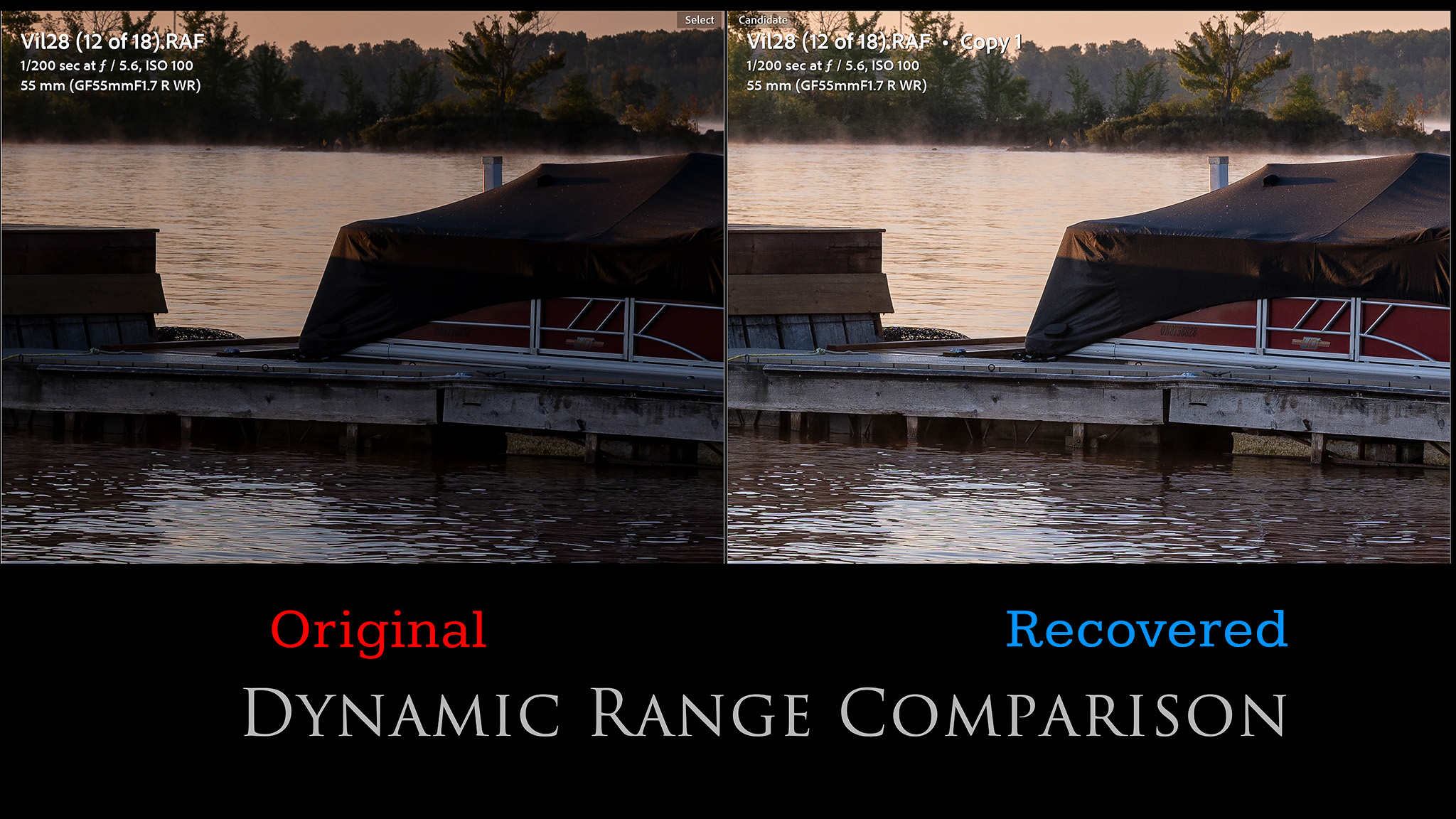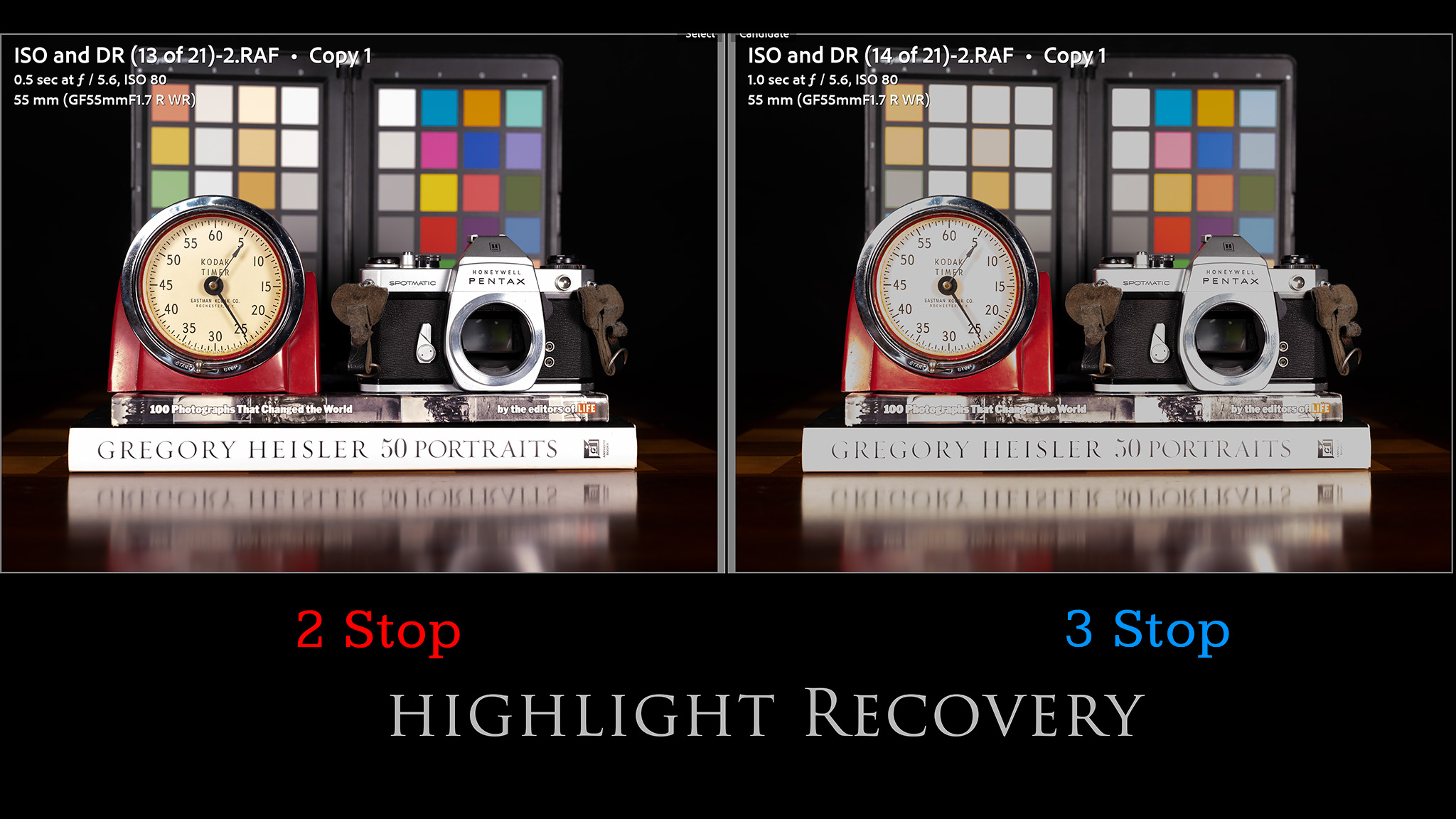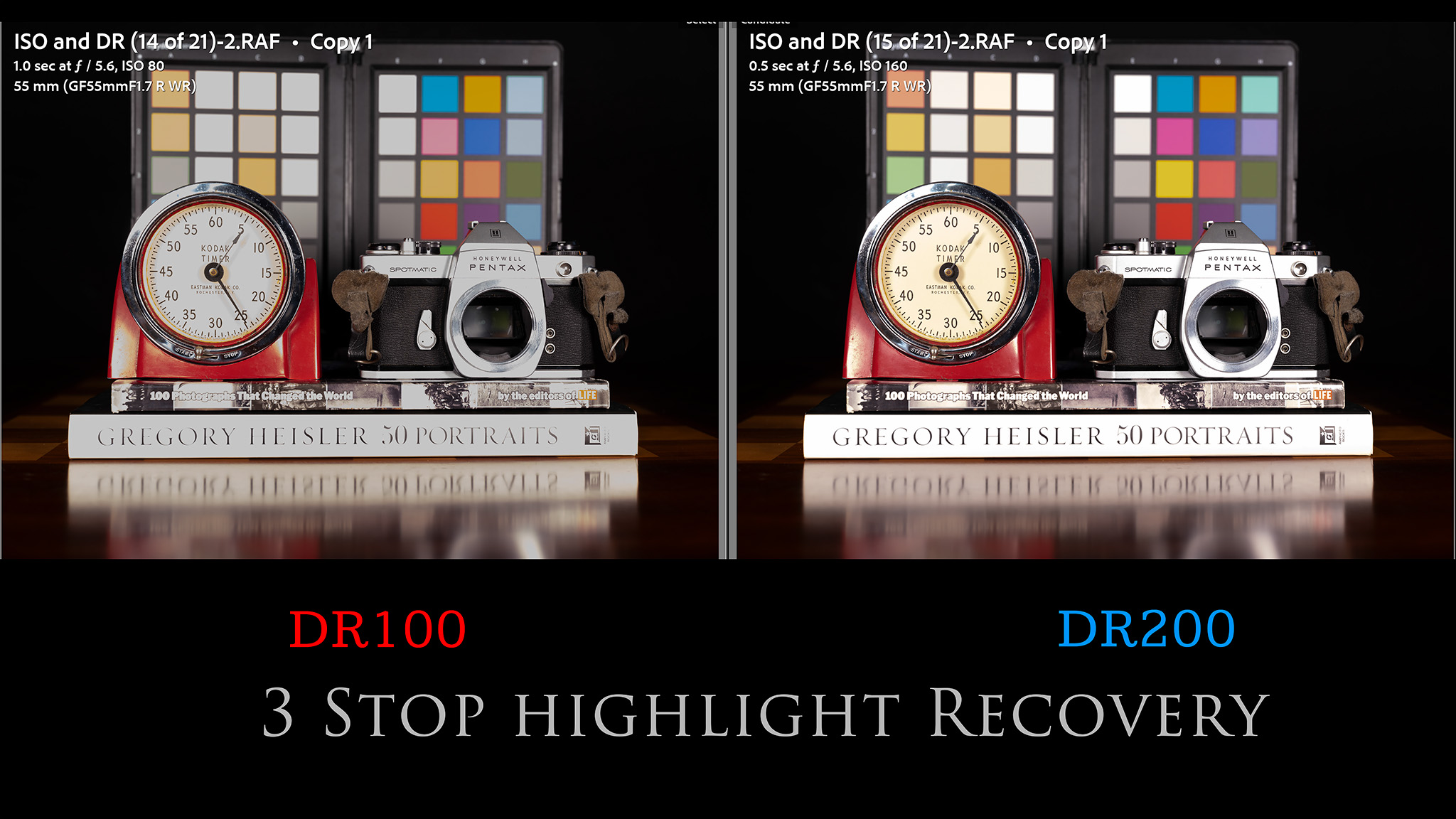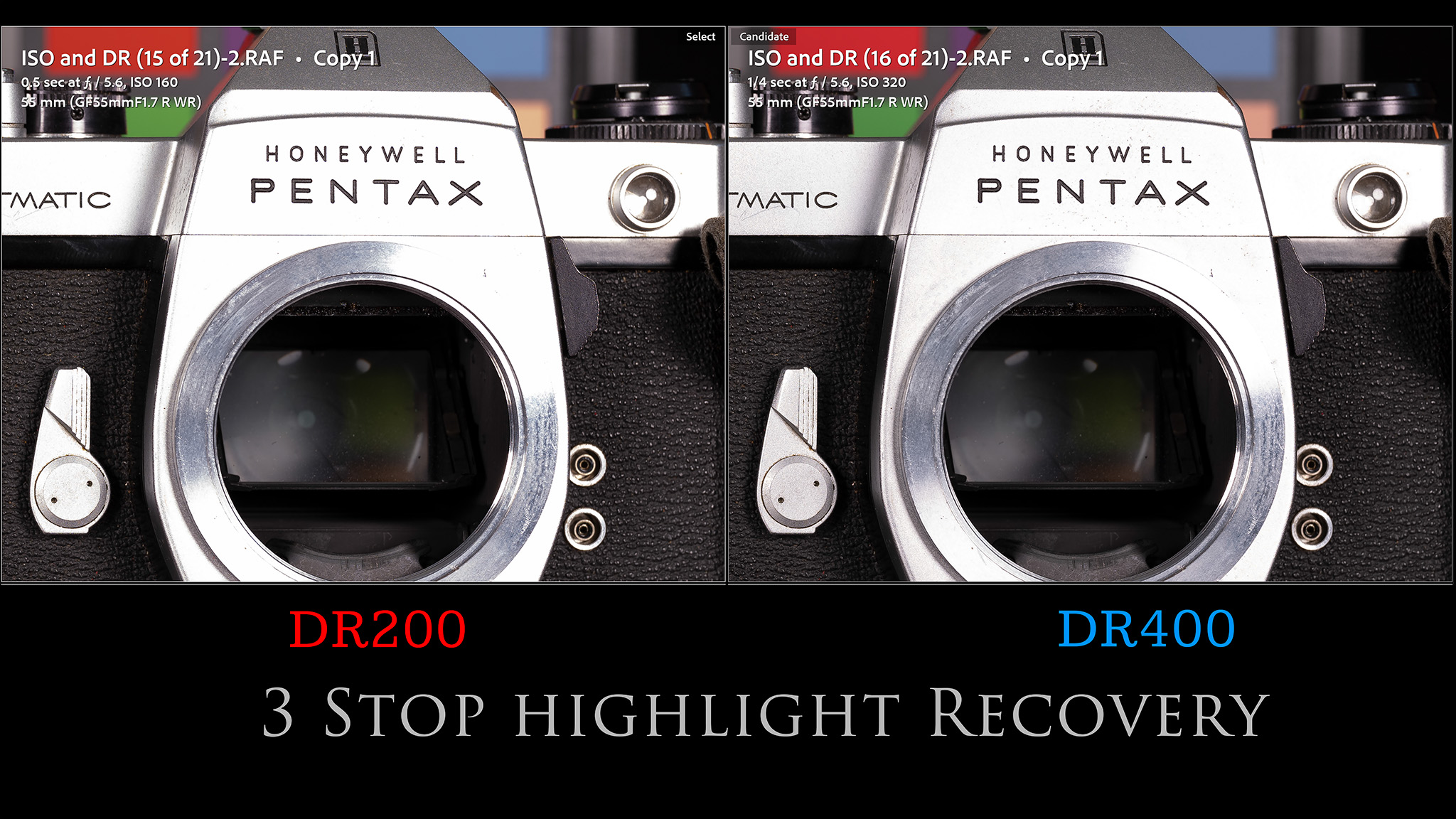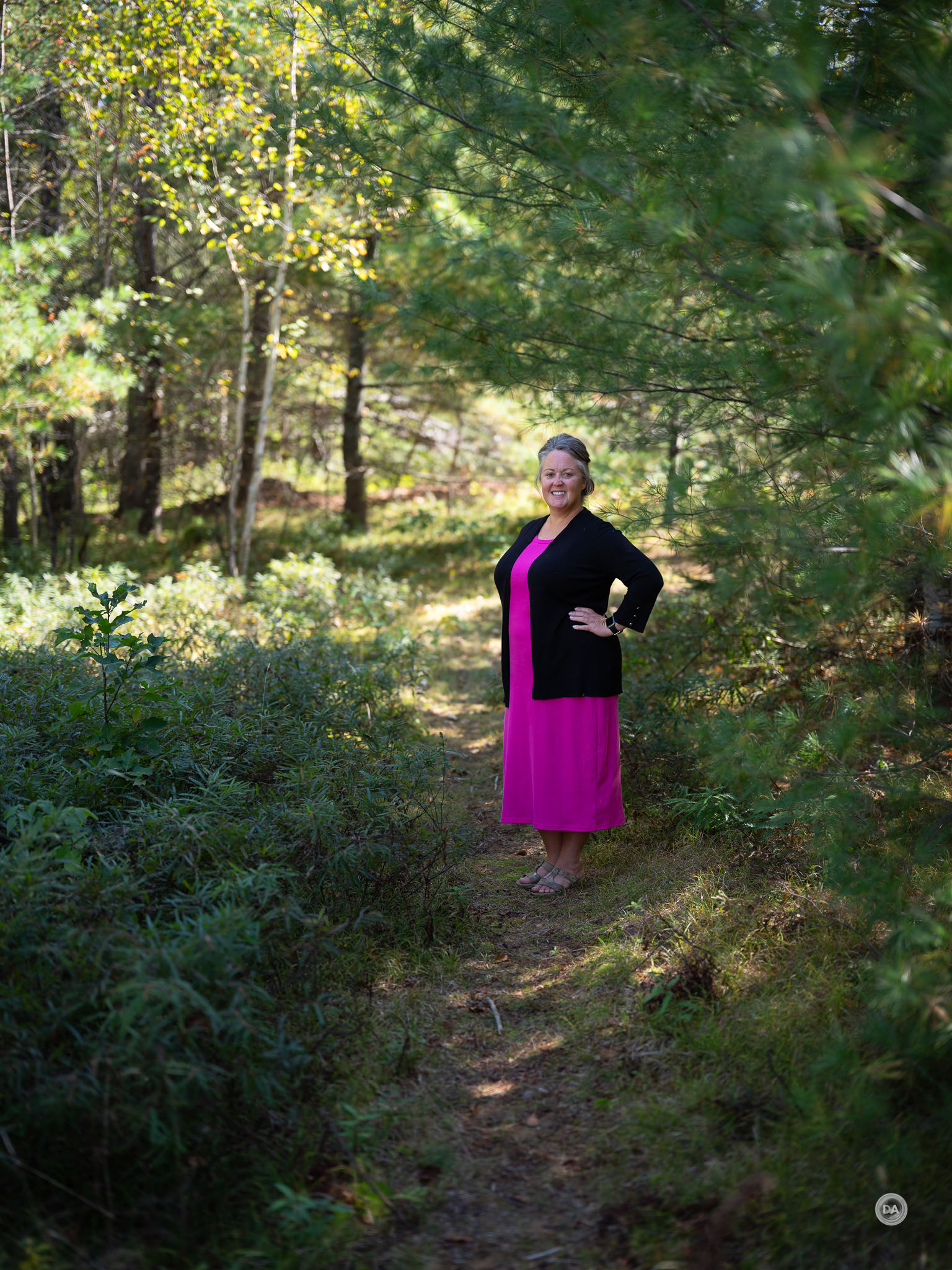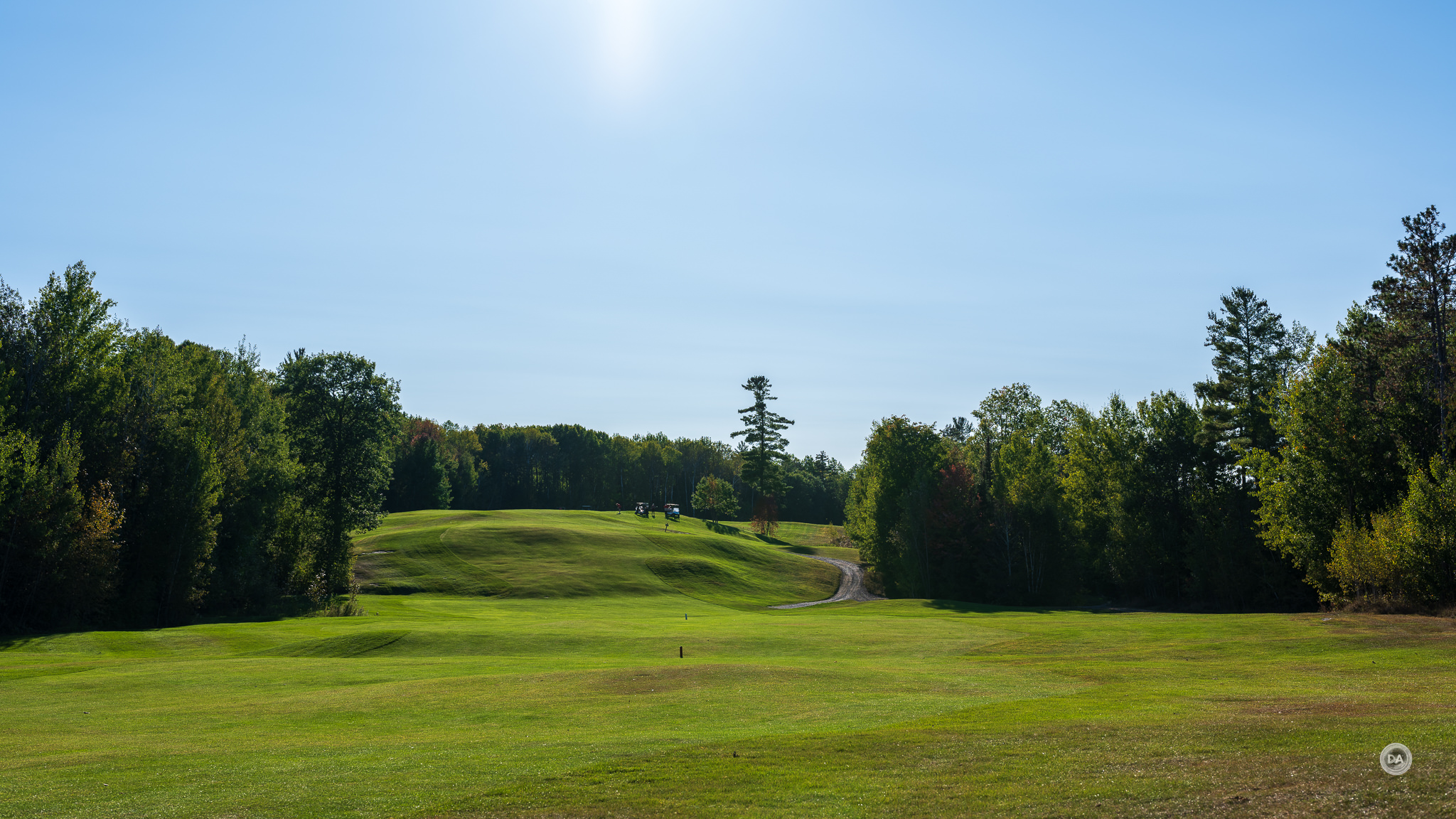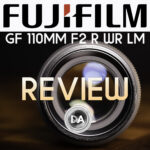I reviewed the first Fujifilm GFX100 body back in 2021, and it was almost ridiculously extreme as a first look at the Fujifilm’s medium format entries. It was absolutely huge, even for a person with medium large hands. It was a vertical grip integrated style body, and while I absolutely loved the performance of the sensor, I was less thrilled by both the ergonomics and autofocus capabilities of that camera. Add to this that the price tag was nearly $10,000, and you definitely had a niche item . The Fujifilm GFX100S was much closer to hitting the sweet spot for me, incorporating the big 100+ MP sensor of the GFX100 into the more traditional body style of the GFX50S II. But Fuji is back with a new take on their flagship model in the form of the Fujifilm GFX100 II. Like the GFX100S, it uses a traditional body style without the integrated vertical grip (a battery grip is available for an additional $500) but with a new 102MP sensor, a faster processor, and better autofocus. It also has a new BISHAMON-TEX™ texture to the grip and the body which is instantly my favorite grip material ever. It looks modern, sleek, and sophisticated, and feels great in the hands. The price point is better, too, at $7500 USD, though that’s still prohibitively expensive for most people. You can get my full thoughts on the camera in my video review below…or keep reading.
Follow Me @ YouTube | Patreon | Instagram | Facebook | DA Merchandise | Flickr | 500px
Thanks to Fujifilm Canada for providing me a review loaner of the GFX100 II and the new GF 55mm F1.7 WR. As always, this is a completely independent review. All opinions and conclusions are my own.
__________________________________________________________________________________________________
Here’s a quick rundown of some of the main new features of the GFX100 II:
- 102MP 43.8 x 32.9mm BSI CMOS Sensor
- X-Processor 5 Image Processor
- 9.44m-Dot EVF
- 8K30 Video
- 4K60 Video; 10-Bit Out
- 5-Axis Sensor-Shift Image Stabilization rated at 8 Stops
- 3.2″ 2.36m-Dot Tilting Touchscreen LCD
- ISO 80-12800, Up to 8 fps Shooting
- Multi Aspect Ratios
Before we dive in to the good stuff, let’s get a few relevant details out of the way. Purists will point out that Fujifilm’s GFX sensor is not actually true medium format. It’s true that the sensor size (43.8 x 32mm) is about halfway between a full frame sensor (35.9 x 24mm) and Hasselblad’s 53 x 40mm sensor size. You can see a comparison of sensor size below:
While Fuji’s sensor is smaller than the larger Hasselbad/Phase One sensor, it is worth noting that it is also nearly 70% bigger than the full frame standard! But the GFX 100S has even more accessible resolution due to having IBIS (In Body Image Stabilization), as stabilization is really important to getting excellent results where so much resolution is on tap. That makes each individual pixel about 30% bigger, which has the advantage of smoother gradations of color and light. There’s something very special about the rendering from medium format. I definitely think that Fuji’s higher resolution point (the 102MP 43.8 x 32.9mm BSI CMOS Sensor found in this camera) is by far the preferred option largely because the 50MP resolution point has a lot of full frame competitors, and, in my opinion, the current limitations of using medium format cameras are not outweighed by the sensor advantages in the 50MP sensor. This 102MP sensor has a clear advantage over anything currently available on full frame, making it unique and special. The ability to deeply crop images is like nothing else out there. You truly have the ability to create a variety of images from one frame:
You’ll note that the chart in the opening section also shows the various crop factors associated with the size of the relative sensors. A full frame sensor has a 1.0x crop factor, and the industry standard for focal lengths is in the full frame/35mm standard because of this. A 100mm lens, then, will behave like 100mm on the 35mm/full frame sensor, while the same lens mounted on a Fuji APS-C sensor (1.5x crop factor), will behave like a 150mm lens (full frame equivalent) in terms of focal length. Mount that same focal length on Fuji’s medium format (0.79x crop factor), and it will behave like a 79mm focal length. This helps explain why many of the focal lengths of Fuji’s GF lenses are atypical. The 55mm F1.7 I used in this review has a full frame equivalent of 44mm.
There is no question that the image quality from the GFX100 II is exceptional, but is Fuji succeeding in making its larger format a legitimate competitor to full frame cameras? Let’s dive into the details and find out.
Fujifilm GFX100 II Build, Handling, and Features
Everything about medium format is chunky if you’re accustomed to smaller formats. I was doing a concurrent lens review on my Sony a7RV body, and it felt like a toy when I went back and forth to it from the GFX100 II.
If you are unfamiliar with medium format and know Fuji more for X-mount, prepare to be shocked by how huge the mount size actually is. That opening to the sensor is massive – look at how much bigger it is than the APS-C sensor on the X-H2:
The inner mount diameter is 65mm, which is significantly larger than Fuji’s own APS-C X-mount (44mm), Sony E-mount (46.1mm), Canon’s RF (54mm), or Nikon’s Z mount (55mm). The front opening of lenses changes according to the focal length and aperture combination, but the rear diameter at the mount is consistent. This means that medium format lenses are going to be bigger than comparative Sony full frame lenses as a matter of course, because they start at nearly a 66% larger diameter. I used the GF 55mm F1.7 WR for this review, and it (like many shorter lenses for the system) is actually larger in diameter than it is in length…and noticeably more chunky at the lens mount.
What I found interesting, however, is when I put the camera in my wife’s hands. She has quite small hands, and I asked her how the camera felt. “It’s huge, isn’t it?”, I asked. She responded yes, but that it felt really good in the hands. That really sums up this body well. It is chunky and heavy (with typical setup – memory cards, battery, and viewfinder) it outweighs my Fujifilm X-H2 by over 400g, but the grip is so well executed that the camera feels good in the hands even if it is bigger than what most of us are accustomed to.
That new BISHAMON-TEX™ texture doesn’t just look great; it feels great in the hands, too. There’s a lot of grip to it, and Fuji has done a great job of implementing the curves and angles of the grips so it really just naturally fits in the hand. I personally didn’t love the body of the GFX100, as I found it unnecessarily large. It had the chunkiest grip of any camera I’ve used (the camera is 102.9mm/4.05″ deep), and while I have medium large hands, it felt just slightly uncomfortable – like I was having to stretch a bit. The depth of grip here isn’t radically different (98.6mm or 3.9″), but that little change along with the better executed contours of the grip add up to a much more comfortable grip. The body is roughly 152mm wide and 117.4mm tall (6 x 4.6″) and weighs a manageable 1030g with memory cards and battery inserted. This makes it visibly larger than the “S” bodies, but not radically so. The biggest difference is the height of the camera.
I would say the size is slightly larger than is my preference, but the great feel of the camera does help to offset that. The GFX100 II feels slightly more robust and professional grade than my other cameras (which include the aforementioned X-H2, Canon R5, and Sony Alpha 1 and a7RV bodies). The body is made of magnesium alloy, the preferred material for tough, professional grade cameras, and previous bodies have had 60-100 seal points in the body to make it highly weather resistant (I would expect this new flagship to be just slightly under the larger figure due to not having an integrated battery grip). Fuji utilizes the 2200Mah NP-W235 battery pack that is rated for 540 shots here or roughly an hour of 8K or 4K60 video recording. Getting a spare is always a good idea. You have different charging options including charging in camera.
On the right side there is a battery compartment where we find our first upgrade: in addition to the SD/SDHC/SDXC (UHS-II) card slot behind the door there is also a CFExpress Type B card. This is a very welcome upgrade, and is almost certainly in part responsible for the faster burst rate along with the much more robust video specs the GFX100 II sports.
The left side of the camera has the other ports, with the top section housing an ethernet port while the bottom compartment houses a USB-C port, full size HDMI jack (another improvement), along with a dual purpose 3.5mm headphone monitoring jack or remote release. The compartment doors feel good, though the ports on this side dangle instead of being hinged, making them a little fiddly to pop back into place.
Fuji cameras are typically known by their plethora of physical controls (particularly dials), so it is more than a little ironic that their flagship cameras (with so much large bodies) offer far fewer controls. Still, I found that there are some key improvements here that helped the camera work more ergonomically for me – though I had to get familiar with how the camera worked before appreciating that. The top plate along with the front section with the shutter have received a unique look that is very functional. Both sections are angled (the top plate with the LCD is tilted 11° to make it more visually accessible).
It’s a subtle change that you start to appreciate when you realize that the information on the top plate LCD is much easier to see. The “Sub-LCD” is bright and clear and retains a passive display when the camera is powered off. You have three options for the top display that you can cycle through by pushing the small button on the lower right. One imitates two dials, which shift depending on what mode you are in, a second simply shows histogram, and the third reorganizes the information and shows you a bit more on screen. Most changes are made via the front or rear dials. A button to the left of the screen will light up the top LCD if you are working in a dimly lit environment. The screen seems a bit bit larger and also has a new look that displays information more clearly.
Another positive addition is the inclusion of three custom buttons on the section that tilts forward towards the shutter. The two outer buttons are thicker on the outer angle, making them easy to distinguish from the flatter and flusher center button. One of these natively allows you to use the rear wheel to work for exposure compensation, as there is no dedicated exposure compensation wheel.
I would still like to see a third wheel on the back of the camera (Canon/Sony style) that could be assigned a function without having to use a button. Case in point: by default the front control wheel beneath the shutter button needs to be clicked in to switch between aperture control and ISO control in my typical mode (AV). It’s a little clunky when I just rotate the rear wheel on my Sony or Canon cameras to interact with ISO.
On the left side of the viewfinder are two other control points. One is a traditional mode dial though with a whopping 6 custom modes. I like both the many custom modes and also the mode dial; it remains an easy, logical way to navigate different camera modes. There is a locking button in the middle. There’s also a switch that allows you to go from stills to movie function (allowing you to have a custom setup for both modes).
The main LCD screen is a 3.2″ 2.36 million dot touchscreen that can tilt on two axis – this allows you to get some function even when shooting at odd angles and in portrait orientation. I still prefer a fully articulating screen, but Fuji has resisted the use of fully articulating screens in their medium format bodies. I was frustrated to find that the touch function has still not improved one bit from the day that I started testing Fuji cameras. Touch will allow for touch to focus and shoot, but menu navigation is limited to the Q (quick) menu; you cannot navigate the main menu via touch. There’s also a bit more lag than recent Canon or Sony bodies when you touch. I do find Fuji’s quick menus a little frustrating, too, as what intuitively feels like a click to select (on the joystick) saves the selection and closes the menu, which often necessitates my opening it again to make other selections.
This is the first implementation I’ve seen of a camera without a fully articulating screen that is also compatible with Fuji’s FAN-001 accessory. I did a quick video on the FAN-001 a few months ago, and the premise is that it clicks into the back of the camera via electric contacts and runs to actively cool the chassis of the camera. This allows for longer format recording at high bitrates without the camera overheating. It works a little better with a fully articulating screen for the simple reason that the screen can fully rotate out of the way (to the side), leaving the back of the camera free for the fan to attach. In this case the screen can only tilt, so if you move it all the way down, you can attach the fan, but you won’t be left with a very effective monitor.
It’s good that the fan is an option, obviously, but I don’t see this being a popular accessory on the GFX100 II because the somewhat odd implementation.
The back of the camera has the typical collection of buttons and the mini-joystick common to Fuji’s designs. The joystick feels nice and has a good texture. The control wheels on the front and back can also be clicked in for an additional function. I like the mode selector near the viewfinder that allows you to quickly move between Single Shot, Continuous AF, and Manual Focus along with the great implementation of the Q button.
The front of the camera sports dual programmable buttons, a flash sync port (don’t lose that little cover!) and the front control wheel. That texture continues to look awesome!
The removable 0.64″ viewfinder is a standout. You don’t have to attach it if you aren’t really a viewfinder person, but it would be a mistake to not use it. The viewfinder is MUCH more special than the LCD screen. It has a massive 9.44 million dots of resolution along with an amazing 1.0x magnification. It looks like a movie screen in there, and is more engaging than any viewfinder I’ve ever used. My Sony Alpha 1 has an identical resolution spec, but the two viewfinders just don’t compare. The viewfinder on the GFX100 II is just special. You can also utilize the ridiculously priced EVF-TL1 tilt adapter that allows you to use the viewfinder in an upright vertical position or even from side to side. You need to be $570 USD desperate for that privilege, though, so I suspect that this will only appeal to those who have gotten accustomed to shooting in this position in the past.
The bottom of the camera has the battery door along with the contact points for the optional VG-GFX100 battery grip.
The GFX100 II body has truly impressive in-camera stabilization that is CIPA rated up to 8 stops. I was able to get very effective stability for handholding stills and video. I could really feel the camera stabilizing at low shutter speeds, and that led to nice steadiness and clean results. That is so incredibly useful on a uber high resolution body. This shot is at 1/3rd of a second (55mm):
I definitely preferred the physical design of the GFX100 II over the GFX100. The grip material is beautiful, the body feels very robust and well made, and there’s a few new ergonomic decisions that make it an easier camera to use than any of Fuji’s previous MF bodies. I still want that third wheel in the back, though, as I think it would help to making changes on the fly much more intuitive. All told, however, there are a lot of positive steps in the right direction here.
Autofocus Performance
Fuji’s goal has been to make a previously inaccessible format more “populist” by giving its medium format cameras autofocus performance that is close to what’s achievable on smaller formats. Every generation is to be “the one” where autofocus truly catches up, but there is of course the reality that this is a moving target. Autofocus development on the mirrorless front in smaller sensors has rapidly advanced over the past five years, and while this is easily the most accessible MF camera that Fujifilm has produced to date, it is still far removed from the top 35mm cameras. I’ve seen one reviewer claim that autofocus is as good as the Sony a7R5 (a camera that I own), but I suspect this person doesn’t have much experience with the a7R5. I ran some head to head tests, and even using an inexpensive Viltrox AF 28mm F1.8 that I happened to be testing at the same time, autofocus performance was faster, more confident, and more accurate for both stills and video than the GFX100 II. But let us lay aside these comparisons outside the system, as a more accurate snapshot of what is going on is a comparison with what has been happening on Fuji’s own smaller sensor cameras.
While we have a similar autofocus system to what we’ve had before (a hybrid contrast/phase detect system with 425 selectable AF points that are accessed in a manner very similar Fuji’s APS-C cameras), the core improvement here is through the processor. The X-Processor 5 adds AI tracking of a wide variety of subjects and a faster, more intuitive focus process. Autofocus performance isn’t quite at the level of my X-H2, but it isn’t far off. That’s huge, particularly when you consider that many medium format systems of the past had painfully slow autofocus systems that could have as few as 1 autofocus point! This shot of Nala (processed with the ETERNA film simulation) shows the beautiful precision of the autofocus, though I will note that focus is on the eyelid rather than the iris (something I’ve regularly observed in the past on these cameras as well).
Autofocus is generally fairly bulletproof for grabbing the eye area now, but if depth of field is very thin (as in the shot below), you’ll see that the focus is almost always on the eyelash or lid rather than the iris.
This comparison of a few shots of Nala shows the difference between that front focused result and a (unfortunately) rare accurately focused result:
My experience is that the slightly front focused result is the more typical result.
With a little more depth of field, however, I found Eye AF to be very accurate at a variety of focus distances. I shot through obstructions and at varying angles, and autofocus was quick and accurate with the 55mm F1.7.
What’s more, autofocus seems to be improved in the margins as well.
This photo of a golfing buddy shows how that focus accurately focused on his eye though shooting in a strongly backlit situation.
Autofocus also locked on accurately even when shooting in extremely dim conditions – like this bookshelf basically in the dark. I got a 1/40th of second shutter speed shooting at ISO 12,800 and using an F1.7 lens (the fastest maximum aperture currently available on the system).
Autofocus slows down, obviously, but not in an extreme way.
This shot is the only one that I had to resort to manual focus for, and it was largely because I was shooting a narrow backlit subject. Autofocus didn’t want to come close (kept focusing on the background), so I used manual focus to nail the shot.
This shot was arguably more difficult, and, while I got a few pulses, autofocus really nailed the shot.
Autofocus also worked well for landscape shots or shots with larger depth of field:
So, by and large, I had very good focus results with still subjects.
Fuji is touting the GFX100 II as being a more capable action camera, too. This remains a work in progress in some ways, and a genuine improvement in others. I also had zero success with trying to get shots of Nala even slowly walking around. If she was moving towards the camera my results were invariably back-focused. It takes both a responsive camera and responsive lens to thrive in that kind of environment.
But things were much better when I had my son shoot some layups for me. Tracking immediately picked up his face and followed it successfully throughout the movement and follow through. Not every frame is perfectly focused (most misses come about 3-4 shots into the sequence for some reason), but I also didn’t see any big swings to front or back focus. I would estimate about 80% of the shots were well focused.
So no, that’s not Sony a7RV level of performance, but it is pretty fantastic for medium format…and when you consider that each file is 102MP!
And, on that note, another core improvement is to the burst rate and buffer depth. The original GFX100 would allow for up to 5 frames per second of burst, but the buffer depth was only 14 RAW images or 41 frames of JPEGS. The GFX100 II can shoot up to 8 FPS with the mechanical shutter, and, depending on your file choice, you can have near unlimited buffer depth. The absolute worst figure with uncompressed RAW is 76 frame, but if you switch even to a lossless compressed RAW (my personal format of choice), that figure jumps to 302 frames. JPEGs are unlimited. If you switch to the 35mm mode and shoot with a crop and the electronic shutter, you can get as high as 8.7 FPS and have unlimited buffer depth other than uncompressed RAWs (260 frames). Here’s a detailed breakdown of the various choices:
That’s unprecedented in a camera like this. I’m not sure who would be choosing medium format for high speed recording, but it also is a logical step towards make Fuji’s medium format a credible alternative to full frame.
There is definitely some blackout between shots, though you can choose a 5.3FPS blackout free option (using the electronic shutter is required) and you can also get faster blackout free bursts when using the 35mm (full frame) modes. This is definitely an improvement for action work, though I doubt we’ll see medium format cameras replacing full frame bodies on the sidelines of sporting events anytime soon!
The GFX100 II is a bit of a video powerhouse (more on that in a moment), but I saw a bit of a mixed bag when testing video autofocus. Focus pulls were relatively fast and smooth for medium format. I also saw less obvious stepping. But what I also saw was a frequent lack of confidence in locking focus. There were a few focus pulses and sometimes focus never transitioned properly to the new subject. In real world shooting I also saw some hunting and pulsing in landscape scenes, though most were okay.
My hand test was fairly successful, and while focus transitions were slow enough that sometimes I had started the next movement before it arrived there, a few of the cycles were accurate and smooth. My experience with Fuji’s current state of autofocus across its cameras is that the AF system works best when a trackable subject is in the frame.
I wouldn’t characterize the AF as quite as good as the X-H2 or X-H2S, but it’s close. There isn’t much of a gap between the AF in Fuji’s large and small sensor cameras now, and that’s huge progress.
Video Performance
I’ve never included a dedicated video section in a GFX review before as it wasn’t really warranted, but Fuji has really gone all in on the video side of things with the GFX100 II. The improvements include autofocus improvements (that same AI tracking is available in both video and stills), formats and resolutions (up to 8K30 or 4K60), a new film simulation (REALA ACE), and even a wide variety of framing options. Worth noting is that now a baseline ISO of 100 can be used for video recording. Since we’ve already discussed the pros and cons of video autofocus, let’s move on to the formats and resolutions. Here’s a look at the many options available here:
That’s a long list of formats and bitrate options. We’ve got 8K options in either 17:9, 16:9, or 2.76:1 framing with bitrates as high as 720Mbps or as little as 50Mbps, though the framerate is limited to 24P in the 17:9 or 2.76:1 framing. Note that the 8K options come at a significant 1.53 crop factor:
There are some varied formats in between 8K and 4K, but 4K arrives with fully featured 17:9 and 16:9 framing – up to 60P and with the full sensor recording.
We’ve also got some internal options for Apple ProRes codecs along with H.265 and H.624 options, though the ProRes codec will require the use of the CFexpress Type B card for recording.
Internal recording is limited to 10 bit, but the GFX100 II also has the ability to output 12 bit options via HDMI. Fuji says, “Combined with a compatible ATOMOS HDMI device, RAW video output from GFX100 II can be recorded as 12-bit Apple ProRes RAW at resolutions up to 8K and frame rates up to 29.97fps. With Blackmagic Design Video Assist 12G HDRs, RAW video output from the camera can be recorded as Blackmagic RAW at resolutions up to 8K and frame rates up to 29.97fps.”
Another interesting addition is the ability to record directly to an external SSD via the USB-C port. You can record both still and video directly to that external drive, which is a feature I’ve not really seen implemented elsewhere.
Very interesting is that the GFX100 II is purpose designed around the use of lenses other than GF mount for video recording. There is the GF format, Fuji’s “Premista” cine lens crop, 35mm crop mode, and even a squeezed anamorphic mode. There are different crop options available for each of these formats:
The various squeeze ratios supported by the camera are: 2x, 1.8x, 1.5x, 1.33x and 1.3x. It is very interesting to have the option of using so many different types of lenses (though obviously with adapters) for video work.
Also included is Fuji’s F-Log2 option for advanced editing capabilities. Fuji claims more than 14 stops of dynamic range is potentially available with F-Log2. Fuji has also included waveforms and vectorscopes for more advanced monitoring of colors and exposure during video capture.
Don’t forget the up to 8 stops of stabilization through the very effective IBIS system in camera. In short, there is a lot here for video recording. I’m left to wonder if there was a lot of clamoring for this on medium format, as traditionally this has been more the domain of portrait and landscape photographers. But “hybrid” is the name of the game these days, and Fuji is once again out to prove that their larger format can do everything that 35mm (full frame) can. Time will tell if there is actually a market for this side of things. I’m sure Fuji hopes that there is in fact a whole new market that will open up because of the video side of things.
GFX100 II Image Quality Breakdown
On paper the sensor looks to be the same as previous 102MPM models, but Fuji assures us that the 43.8mm×32.9mm GFX 102MP CMOS II HS sensor here is all new.
We’ve got a massive 11648 x 8736 pixels in 4:3 crop mode, and Fuji provides a variety of other framing options in camera (though it’s worth noting that RAW images will still show up as the full resolution 4:3 files). The amount of detail that a camera like this can generate is just staggering, and the extremely high resolution means that you have near unlimited potential for cropping, be it a portrait:
…or a landscape scene:
Files are going to be big, obviously, though you have considerable control over that that. You can choose Uncompressed RAW files in either 16 or 14 bit (around 200MB, with 16 bit only slightly larger), Lossless Compressed RAW in 16 bit (near 120MB) or 14 bit (92MB), or Compressed RAW at 69MB (16 bit) or 60MB (14 bit). JPEGs are around 43MB or slightly smaller depending upon the quality you choose. You also have the ability to choose DCF, HEIF, or TIFF formats.
The sweet spot for me is the Lossless RAW files, which are indistinguishable from the Uncompressed RAW files. It’s called “Lossless” for a reason. I dare you to spot the difference between the two here:
I also saw only a very minor difference in contrast when comparing 16 bit lossless (left side) with 14 bit lossless (right side):
You can save a little more file space by choosing the Lossless 14 bit option and still get very near maximum performance.
I’ve always preferred Fuji’s 100MP sensors to the 50MP sensors, as the huge resolution numbers match the larger format better in my mind. The end results (which are the real reason to choose medium format) just feel more special. In my photographer career to this point these sensors are the pinnacle of what I’ve personally used in terms of image quality. Images are just…special.
A larger sensor area means that pixels themselves are larger, which, in theory, allows for less noise, better dynamic range, and smoother transitions. I’ve always favored full frame sensors over APS-C for that reason, and Fuji’s “medium-format-lite” sensor takes that further still, though the difference between full frame and the 0.79x crop of Fuji’s medium format isn’t as pronounced as the difference in sensor size between full frame and APS-C. But consider this: Fuji’s medium format sensor size is roughly 4x larger than the surface area of their APS-C sensor, so there is a huge difference between those two extremes. What we will find is that this adds up to better ISO performance, better dynamic range, and also better colors and overall tonality to images.
ISO Performance
A major change here is that the base ISO is now 80 rather than 100 with the new sensor. That’s interesting to me, as it not only allows for lower noise and even higher dynamic range, but it also opens up Fuji’s DR200 and DR400 modes faster as well (IS0 160/320 rather than 200/400), meaning that there will be less noise in the shadows when using those modes. Fuji tends to be a little overly conservative with their native ISO ranges in their cameras according to my tests. What we will find is that the GFX100 II is completely usable at the end of the native ISO range of 12,800 (which is actually a little higher than typical due to the ISO range starting lower). I think this monochrome looks awesome – clean and bright despite being shot in natural light at ISO 12,800:
The pixel pitch of the GFX-100 II is 3.76 microns, identical to the pixel pitch/density of the 62 MP Sony a7RV full frame sensor and the 26Mp APS-C sensors on Fuji’s 26MP APS-C sensors. A high number of pixels creates more visible noise, which on the Canon EOS 5DsR meant that by its ISO limit of 6400 it was a noisy mess. That’s clearly not the case here.
Here’s a look at the “still life” setup that I use for these tests and that crops will be displayed from:
There is only a minor uptick in visible noise and minimal loss of contrast at ISO 1250 (5 stops) when compared to base ISO.
Moving up several more stops brings us to ISO 5000, and you can see that while there is very slightly more pattern noise, the results look largely the same:
There’s some very mild inconsistency of pixel luminosity in the shadow areas, so contrast isn’t quite as high, but as you can
Going up another stop and a third to the native maximum value of 12,800 results in slightly rougher noise, but nothing significant.
You can see the shadows are raised a bit more, but things continue to look pretty clean overall. I actually really like the look of ISO 12,800 images in one of Fuji’s monochrome simulations. Images have a very film-like feel to them.
While I haven’t shown examples here, the expanded ISO range goes as low as ISO40 and as high as ISO 102400. Within the native range (80-12,800) there isn’t a value that I would personally hesitate to use, which is very impressive considering this is a 102MP camera! This is a camera that performs even in very low light conditions.
Dynamic Range
As of the date of my review, photonstophotos.com has not yet tested the GFX100 II’s sensor for dynamic range, but previous GFX100 models (including the GFX100S) the GFX-100 typically run about a half stop better than the best full frame sensors for dynamic range (right under 12.5 stops). As with all Fuji cameras, you can actually improve this by using their DR200 and DR400 settings, which we’ll detail in just a moment.
Good dynamic range gives you tremendous flexibility for processing images. In the case below, a very strong backlighting meant that I had to choose between exposing for my subject or for the background. I chose the background, and then used the AI masking feature in Lightroom to grab my subject and increase the exposure and shadow recovery on him. The end result is nice and clean.
In this second example, you can see that I’ve both raised the shadows to uncover information there along with reducing highlights too allow the colors and details of the sky to emerge. I’m sure you can agree that the end result looks extremely nice.
Fujifilm has given us a lower base ISO in this new camera, so there should be just a little extra dynamic range available at ISO 80 vs the base ISO 0f 100 for previous cameras. In my particular tests, I establish a base line exposure at ISO 80 (1/9th of a second here), and then test in both directions by over or underexposing and then recovering the image in post. Eventually you reach a limit of how far the camera can go and still successfully recover the image.
When it comes to the shadows, that limit extends pretty far. I underexposed until my test subjects pretty much disappeared, but when I added that light back in post, the image popped right back out (recovered image on right):
Even zooming in 100% we can see that everything remains perfectly clean. The shadows are deep, the colors are neutral, and there is good contrast in the recovered textures. Very impressive.
You couldn’t ask for more than that. That means that you’ll have very few practical limits for recovering shadow information. Here’s another image where I’ve gotten a lot of information back from some shadowed areas in this image:
Definitely useful.
How about highlights? I find the overexposure limit is between 2 and 3 stops. In the comparison below you can see that the 2 stop recovery on the left is nice and clean, but if you look at the right side (3 stops) you’ll find that color information has been lost from the swatches and that some of the texture information has been blown out and is unrecoverable.
The image on the right is typically not going to be usable, so you’ll want to avoid that degree of overexposure. If you want more latitude in the highlights you can either underexpose a bit (shadows are easy to recover), or you can utilize Fuji’s DR200 and DR400 modes. If you shoot at a slightly higher ISO value (160), you can choose the DR200 mode, or at ISO 320 you can choose the DR400 mode. In DR200, camera will use electronic trickery to sample the shadow and midtone data from the current ISO setting (160+) while using the base ISO’s highlights, giving you an additional stop of DR. In DR400 the process is further exaggerated as the camera can then sample the highlights from two stops down, giving you two additional stops of DR. Using the DR200 technique, that same 3 stop shadow recovery that was unusable before looks considerably better:
Moving on to ISO 320 unlocks the DR400 mode. While the DR200 and DR400 results look similar on a global level, punching in to 100% shows that some of the texture information that was blown out in the DR200 result is visible in the DR400 result.
It also means that you could push into the 4 stop of overexposure range and get a similar result to our 2-stop overexposure at base DR results.
I always note that more dynamic range doesn’t always equal better images. Sometimes leaving a little mystery in the shadows adds a lot to an image, and often a blown out light coming through a window is preferable to seeing what’s outside.
Color
Fuji’s medium format cameras have long been a great platform for gorgeous colors, and that’s definitely true here. The larger pixels result in more gradations and subtleties in images, and images are just special.
Portrait colors are just so rich:
Pair that big sensor with a large aperture lens like the 55mm F1.7 lens that I used for this review and background will just melt away:
Medium format comes with tradeoffs (gear is large and expensive), but when you are processing and reviewing images taken with a camera like the GFX100 II, you can’t help but wonder, “What if?” It’s special. Check out more images in the image gallery for the 55mm F1.7 to see more examples.
Conclusion
The Fujifilm GFX100 II goes a long way towards fulfilling Fuji’s goal of making medium format as accessible as their smaller format cameras. The GFX100 II is a beautiful camera with a truly gorgeous grip/wrap that makes me instantly wish all of my cameras had it. There are still places where the ergonomics and autofocus don’t measure up to the best full frame cameras, but that is counterbalanced by image quality that those same cameras can’t measure up to.
The GFX100 II is also designed to be a video powerhouse, which is an interesting twist. Time will tell if Fuji read the room accurately and that this is what the market was looking for. This is certainly the best hybrid larger sensor camera that we have seen with an arguably more robust feature set for video that what it boasts for stills.
Medium format remains out of reach for many photographers, but the GFX100 II does something rare in that the newer model at $7500 is considerably cheaper than the model it replaces ($10,000). Yes, the former camera has an integrated vertical grip, but you could spend the $500 for the grip from the GFX100 II and still pocket $2000. It’s hard to call a $7500 camera a bargain, but everything is relative, and I appreciate that Fuji is doing what they can to make medium format more approachable…and affordable. The GFX100 II is easily the best medium format camera that Fuji has produced…is that enough to convince you to take the plunge?
*Final image processed with the new REALA ACE film simulation.
Pros:
- The best image quality that I’ve ever seen
- Incredible resolution
- Excellent dynamic range
- Strong high ISO performance despite all those pixels
- Strong, durable body with good weather sealing
- The highest rated IBIS system I’ve ever seen
- Improved autofocus
- Much deeper buffer depth
- Improved burst rate
- Excellent top screen
- Viewfinder is fantastic
- LOVE the new grip texture
- Huge improvements to video
Cons:
- Autofocus remains the weakest area…though improved.
- I miss a rear wheel/control dial
- Can we please improve the touchscreens, Fuji?
- Requires deep pockets
__________________________________________________________________________________________________
GEAR USED:
Purchase the GFX100 II @ B&H Photo | Adorama | Amazon | Camera Canada | Amazon Canada
Purchase the VG-GFX100 II Grip @ B&H Photo | Adorama | Amazon
Purchase the GF 55mm F1.7 R WR @ B&H Photo | Adorama | Amazon | Camera Canada | Amazon Canada
Purchase the GFX100S @ B&H Photo | Amazon | Camera Canada | Amazon Canada | Amazon UK
Purchase the GF 20-35mm F4 @ B&H Photo | Amazon | Camera Canada | Amazon Canada | Amazon UK
Purchase the Fujinon GF 80mm F1.7 @ B&H Photo | Amazon | Camera Canada | Amazon Canada | Ebay
Want to support this channel? Use these affiliate links to shop at: B&H Photo | Amazon | Adorama | Camera Canada | Amazon Canada | Amazon UK | Ebay | Make a donation via Paypal
Buy DA Merchandise https://bit.ly/TWIMerch

Keywords: Fuji GFX 100 II, Fujifilm GFX100 II, GFX100 II, GFX 100 II, Fujifilm, Fujinon, Fujifilm GFX100S, Fujifilm GFX-50S II, Review, Fujinon, Fuji, GF, Medium Format, Fuji GFX100 II, GFX, 100 II, MF, Portrait, Bokeh, Sharpness, Resolution, Video Test, Sample Images, Real World, Comparison, review, Dustin Abbott, dustinabbott, letthelightin, DA, #fujifilm, #fuji, #GFX

